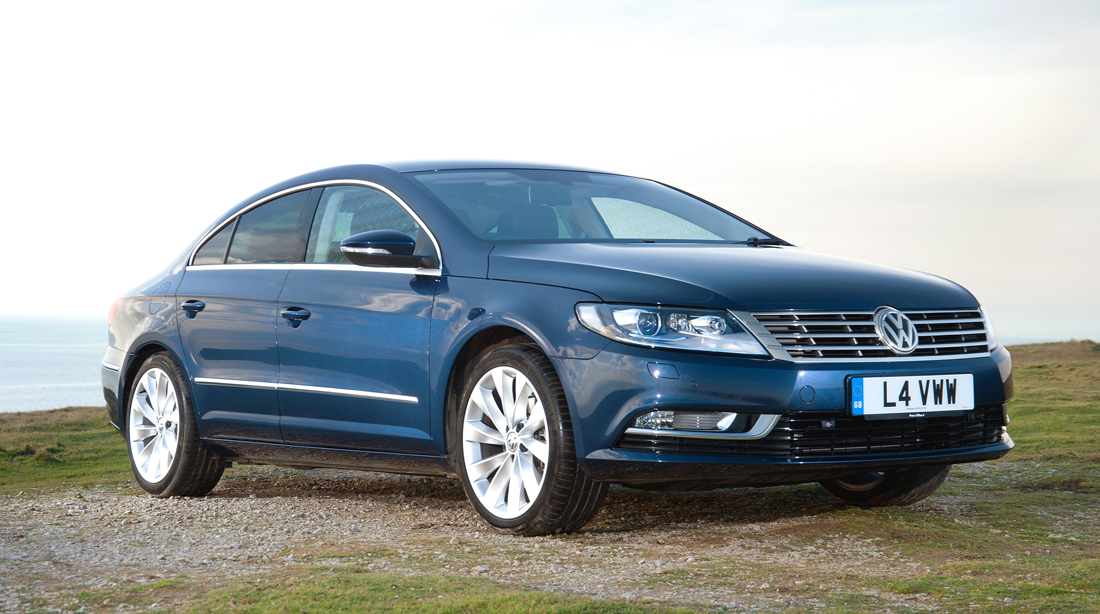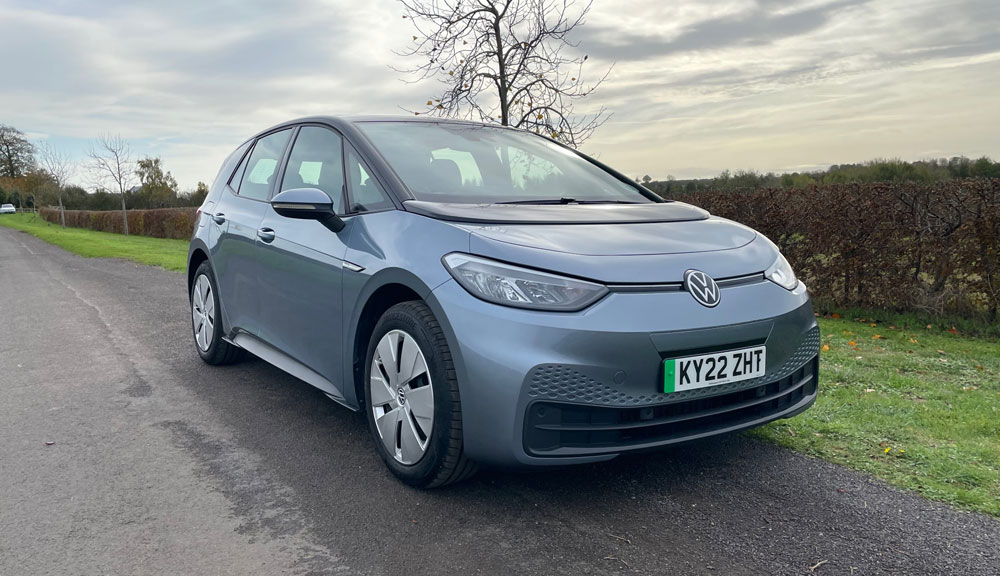
Volkswagen
ID.3
The ID.3 is the Volkswagen group’s first purpose-built electric vehicle developed from the ground-up for zero emission motoring. The five-door hatchback looks modern and stylish, is packed with technology and offers high mileage between charges too.
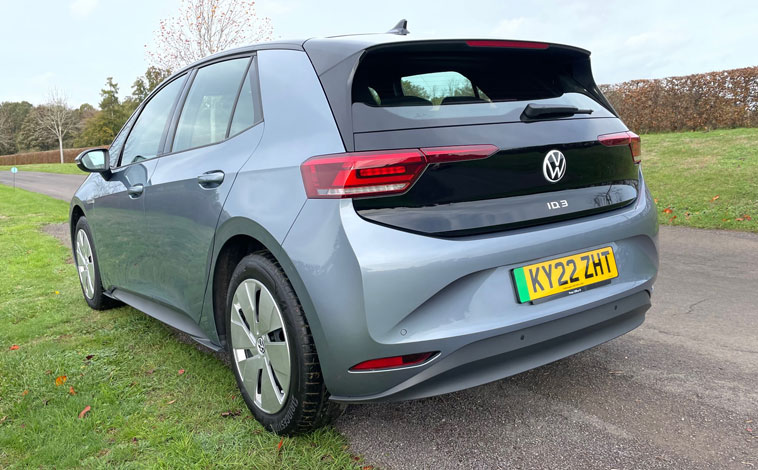
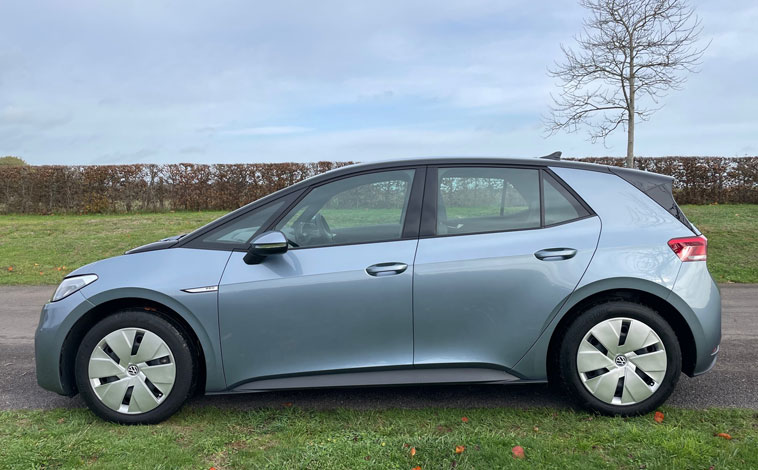
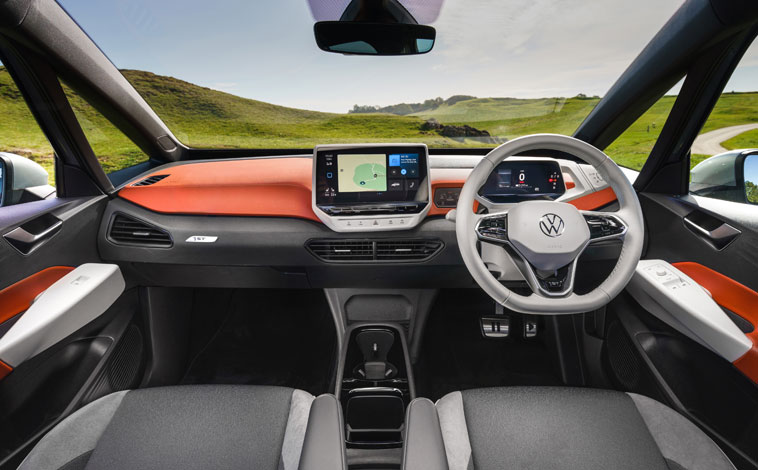
The good
Styling, performance, driving range and pricingThe bad
Quite a lot of hard plastic inside the cabinTech Specs
Test Drive
VW ID.3 Life Pro Performance (2022)
With the looks of a Golf, space of a Passat and turning circle of an up! The Volkswagen ID.3 offers the best of the company’s line-up and throws in full electrification for added measure.
In fact, the ID.3 was the German marque’s first purpose-built electric car, and with off-the-line acceleration akin to a Golf GTI it really is the complete package for anyone looking to make the move to an EV.
The five-door, rear-wheel drive hatchback looks elegant and modern in its design with a short bonnet, sweeping curves and streamlining, a black roof and boot, body-coloured bumpers, illuminated door handle recesses and smart 17-inch Aero steel wheels.
Moving inside, the interior is minimalist and modern in its layout with comfy cloth seats that can be heated, along with the steering wheel, to fend off the winter blues.
There is a wealth of tech to explore with the main focal point being a 10-inch colour touchscreen. This offers access to the likes of Apple CarPlay and Android Auto smartphone connectivity, DAB digital radio, a seven-speaker sound system, navigation and Bluetooth.
There is a clever personal assistant that is brought to life by saying “Hello ID” and then directed to help with functions such as making a phone call, adjusting the temperature, changing the radio station and much more. You can even say: “I have a cold bottom” and the seat heater will be activated.
And another clever feature worth mentioning is the Car2X system that enables vehicles to share important data about road hazards such as traffic jams and diversions.
A light bar runs the length of the dashboard at the bottom of the windscreen. This is called the ID Light system and it was a first in the automotive sector, offering gentle prompts to the driver. For example, it moves to the right when the navigation instructions are saying “turn right”, flashes green if a phone call is incoming or glows red when emergency braking is needed. It is also practical when the ID.3 is being charged as the green light builds from left to right indicating the level of charge and this can be seen clearly from outside the car.
The VW ID.3 is available with a choice of three battery packs called Pure 45kWh, Pro 58kWh or Pro S 77kWh and these offer combined driving ranges of 216, 264 and 340 miles respectively.
And, in addition, customers can select between trim levels called Life, Family, Max and Tour with the majority also available in a high-end Pro Performance set-up.
We opted for the ID.3 Life Pro Performance costing £36,990 (£37,865 with options). This model featured the 58kWh battery delivering 204PS of power and 310Nm of torque. It was quick out the blocks with a 0-62mph sprint time of 7.3 seconds and had a top speed that was limited to 99mph.
The car is beautifully balanced through twisting country lanes and cruises with ease on motorways. That said; you will see the driving range drop quicker if it is driven in a particularly enthusiastic manner.
The all-round driver visibility is excellent and drive modes called Eco, Comfort, Sport and Individual alter the characteristics of the car with Sport adding a sharper edge to the performance. A ‘B’ mode increases the level of regenerative braking, although single pedal driving is not quite possible.
Refinement levels also impress with a nicely hushed cabin and an efficient suspension system smoothing out bumps and dips along the way.
The ID.3 is also a spacious family car with ample room for a couple of back seat passengers – or three at a bit of a squeeze. The flat floor is a bonus for any middle seat occupant and the boot can swallow 385 litres of kit, increasing to 1,267 litres with the 60:40 split-folding rear seats dropped flat.
There is an adjustable boot floor, along with plenty of other storage compartments, such as practically-sized door pockets, a deep central cubby with sliding cover, a compact glovebox, a net in front of the central console, wireless charging pad, non-slip trays and height-adjustable fold-down front armrests.
Occupants can keep devices connected on the move with a total of four USB-C ports – two front and two rear.
And charging the car is simple enough too. It takes approximately 30 minutes to add 180 miles to the ID.3 via a 100kW DC rapid charger. Or for owners with a 7.2kWh home wallbox, a 100 per cent boost takes nine and a half hours.
The ID.3 is also packed with safety systems and driver assistance aids that resulted in it being awarded a maximum five stars when tested for its Euro NCAP safety rating.
All in all, the ID.3 is a fabulous all-round package for anyone looking for a practical five-door hatch that is electrically driven. It’s not the cheapest option out there, but the quality levels are impressive.
Test Drive
VW ID.3 1st Edition – First Drive (2020)
Volkswagen appears to have hit the jackpot with its first ever purpose-built electric vehicle. It’s called the ID.3 and it looks stunning, drives beautifully, is competitively priced and offers an impressive range between charges.
The ID.3 is a very practical five-door family hatchback and the VW Group has made it clear that it wants to be the world leader in electric mobility by investing 33 billion euro by 2024. If the all-new ID.3 is a hint at what’s to come, there are exciting times ahead.
It is the first vehicle to be built on the company’s MEB platform which allows different sized batteries to be specified with ID.3 customers able to select between the Pro 58kWh or Pro S 77kWh batteries with a WLTP combined range of up to 263 or 336 miles respectively. There will also be a smaller Pure 45kWh battery introduced later on with a range of 205 miles.
The driving mileage between charges should dispel any range anxiety fears and VW has set itself a target of developing 20 million vehicles on the MEB platform by 2029.
The ID.3 costs between £32,990 and £42,290 (before the Government’s £3,000 plug-in grant has been deducted) and buyers can choose from a range of generously-equipped trim levels called Life, Business, Style, Family, Tech and Max. There is also a limited-run 1st Edition model and it was that variant that we tested priced at £35,835 with the grant factored in.
There’s no denying the fact that the rear-wheel drive ID.3 is a head-turner gaining attention wherever it goes thanks to its distinctive styling. Eye-catching features include smooth streamlining with a short bonnet, LED matrix headlights, LED daytime running lights, body-coloured bumpers, door handles and mirrors. There are tinted rear windows, 1st Edition badging, illuminated light bands between the headlights and logo, plus 19-inch alloys to complete the upmarket appearance.
Move inside and the ID.3 is thoroughly modern in its design with a wealth of technology to explore. It has a minimalist layout with just a few buttons and switches. The gear selector, for example, is a rocker switch positioned behind the steering wheel, there is a neat lights panel rather than a stalk and all the main infotainment functions are accessed via a 10-inch colour touchscreen with sharp graphics.
Creature comforts include an easy-to-program navigation system, full smartphone connectivity via Apple CarPlay or Android Auto, a seven-speaker sound system, heated front seats, a DAB digital radio and a heated steering wheel. There is a really clever voice control set-up whereby you summon the car’s virtual assistant with the magic words “Hello ID” and make your request. It can be used to increase the volume on the audio, change radio stations, turn on the seat heaters and a range of other functions. This means you can adjust many features without taking your hands off the steering wheel.
Our 1st Edition ID.3 was fitted with the lower-powered 58kWh 204PS battery and could reach 62mph from a standing start in 7.3 seconds and topped out at 99mph. And it’s worth remembering that the zero g/km carbon emissions figure brings plenty of tax savings to the mix.
When it comes to performance, the ID.3 certainly lives up to all the hype. The acceleration out of the blocks is impressive and the vehicle is perfectly balanced on the open road where it cruises effortlessly at national speed limits. Bends can be attacked with confidence and the car’s low centre of gravity means it feels perfectly composed through corners with nice levels of grip.
The handling is responsive with ample power on tap to overtake slower moving vehicles. And special mention to the excellent suspension set-up that somehow manages to smooth out the roughest of road surfaces. On motorways, the ID.3 is nicely settled and the car is well insulated against wind or road surface noise.
But, like most EVs, it’s in busy stop/start city centres that this car really excels. The all-round driver visibility is superb and the ideally weighted steering makes light work of weaving through the congestion. The driver can choose between a D mode for normal driving or a B mode which helps to slow the car when you take your foot off the accelerator and regenerates energy in the process.
Passenger comfort levels are good inside the bright, spacious cabin with room for two adults in the back, or three at a bit of a squeeze. The boot can swallow 385 litres of kit – a limit that increases to 1,267 litres with the split-folding rear seats dropped flat. The variable boot floor is a handy, practical feature too.
There are numerous storage compartments scattered throughout the car, including a deep cubby box with sliding cover, door pockets, a glovebox, front and rear cup holders, a mobile phone holder, seatback pockets and a small net at the front of the centre console.
And as one would expect from VW, the ID.3 is packed with safety kit and driver aids which helped it gain a maximum five-star rating when tested for its Euro NCAP safety rating.
Systems include electronic stability control with traction control, blind spot information, dynamic road sign display, lane keep assist, adaptive cruise control including front assist, city emergency braking, Isofix fixtures and a full suite of airbags.
The ID.3 1st Edition is capable of rapid charging with a 100kW DC charger adding about 180 miles of range in 30 minutes. It is also fine for home charging on a 7.2kWh wallbox which can be timed for when the electricity tariff is at its lowest. The battery is covered by an 8-year, 100,000 mile warranty.
All in all, the VW ID.3 is a fabulous new arrival on the electric vehicle scene. It is sensibly priced, packed to bursting with modern technology, beautifully designed, great to drive and offers impressive range too. If EVs are the future, all of a sudden it doesn’t look quite so bleak anymore.
Latest Related NEWS
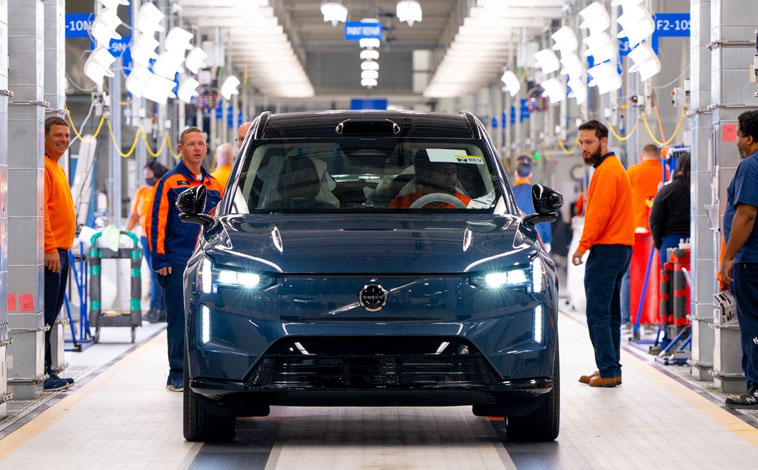
Volvo EX90 rolls off production line
Volvo is in a celebratory mood as its factory outside Charleston, South Carolina, [...]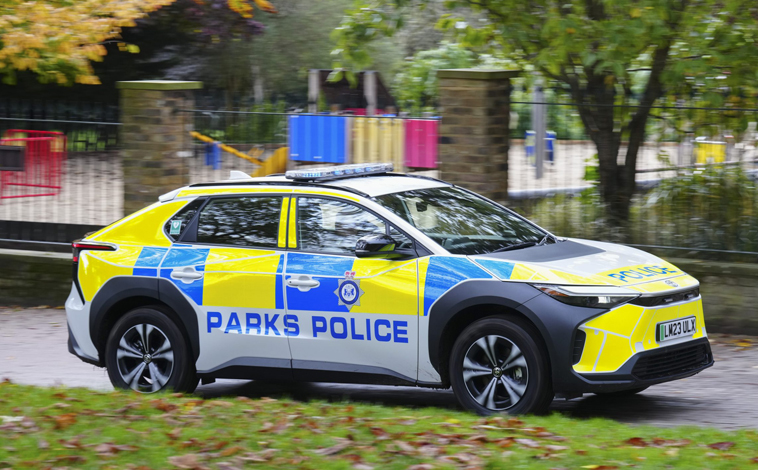
Toyota’s bZ4X is out on policing duties
The Toyota bZ4X has taken on its first “blue light” public service role, [...]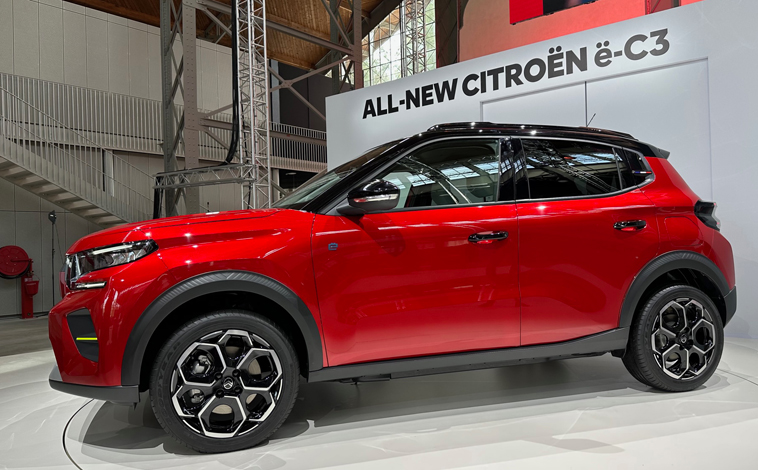
Citroen unveils its e-C3 game-changer
Citroen may not have reinvented the wheel, but it has certainly re-written the [...]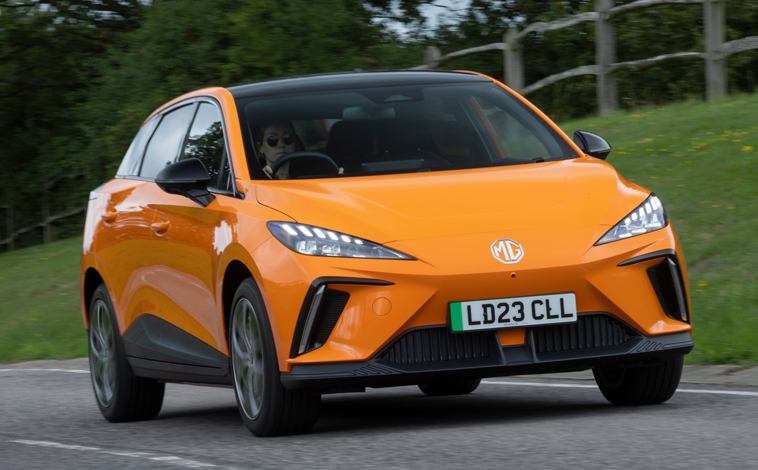
Latest MG4 EV can deliver 320-plus miles
MG has revealed the official pricing and specification of its new MG4 EV [...]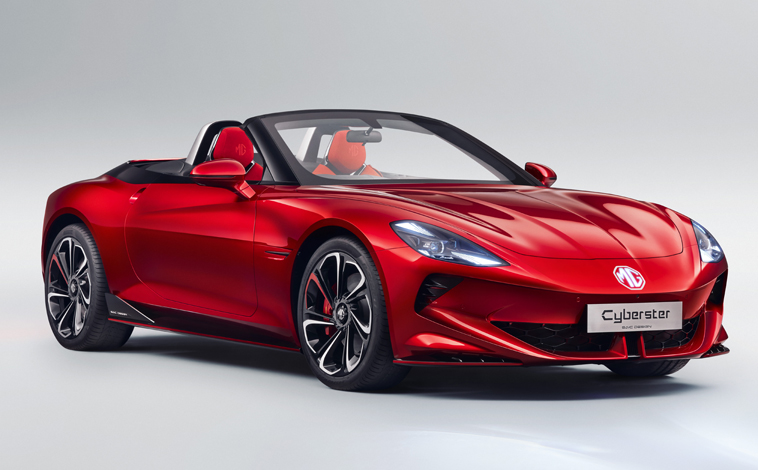
MG returns to its epic sports car roots
A pre-production design model of MG’s dramatic new sports car, the Cyberster, has [...]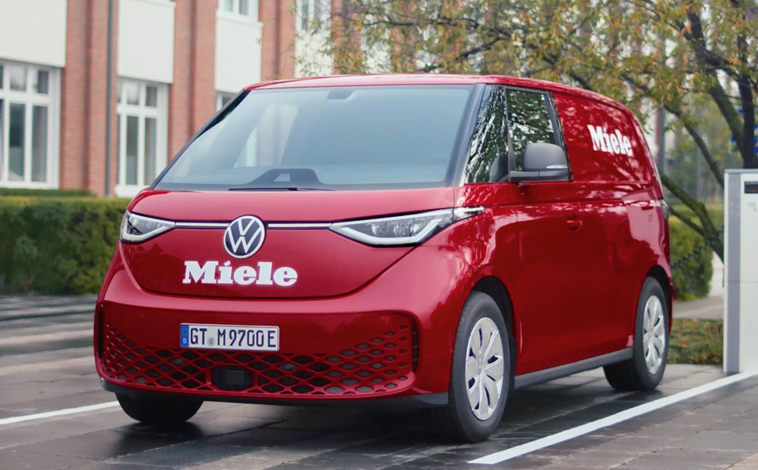
There’s a real Buzz about Miele vans
Premium household appliance manufacturer, Miele, has become the first customer to receive five [...]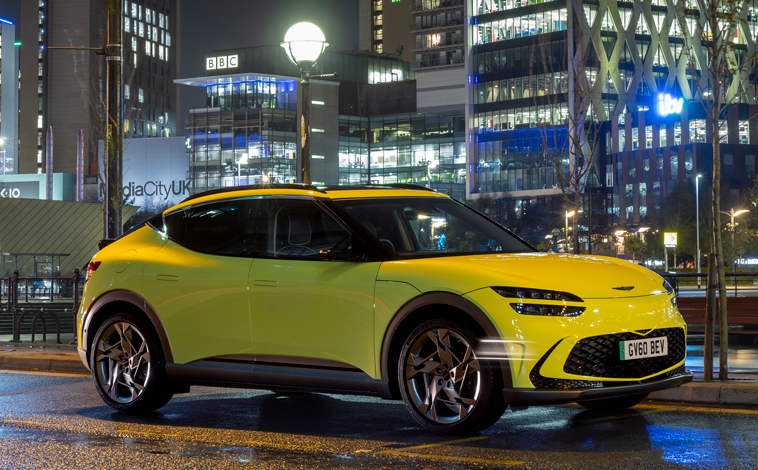
Genesis GV60 at the Salon Privé London
Luxury brand Genesis is the latest major car company to confirm its presence [...]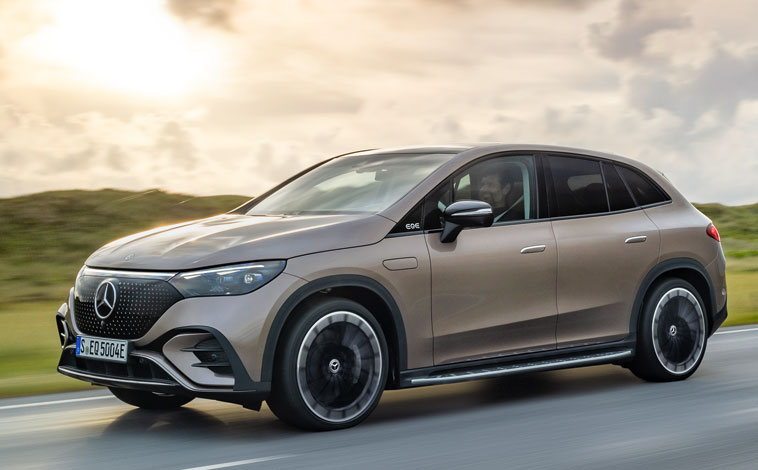
Mercedes electric EQE SUV on sale
The Mercedes-Benz EQE SUV is now on sale in the UK with prices [...]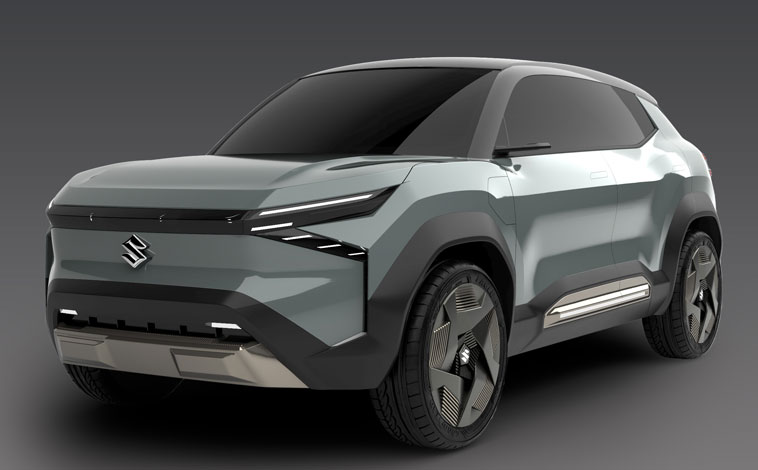
Suzuki’s EV concept car is unveiled
The world premiere of Suzuki’s EV concept model eVX has been made at [...]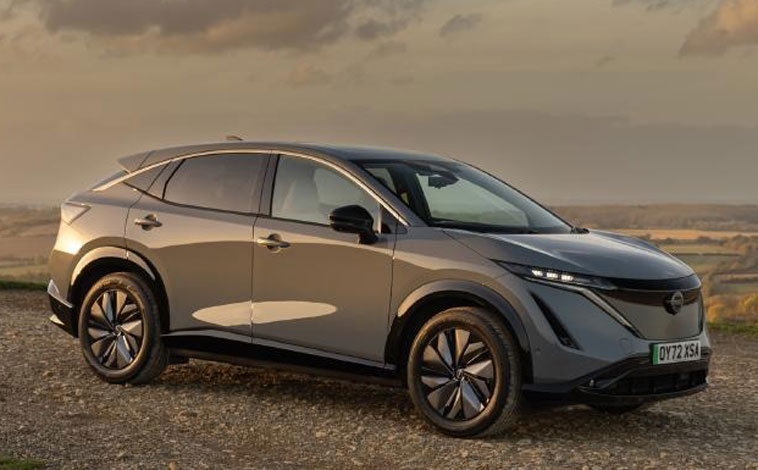
Nissan puts safety top of its priorities
Placing safety at the forefront of its ambitions, Nissan continues to push the [...]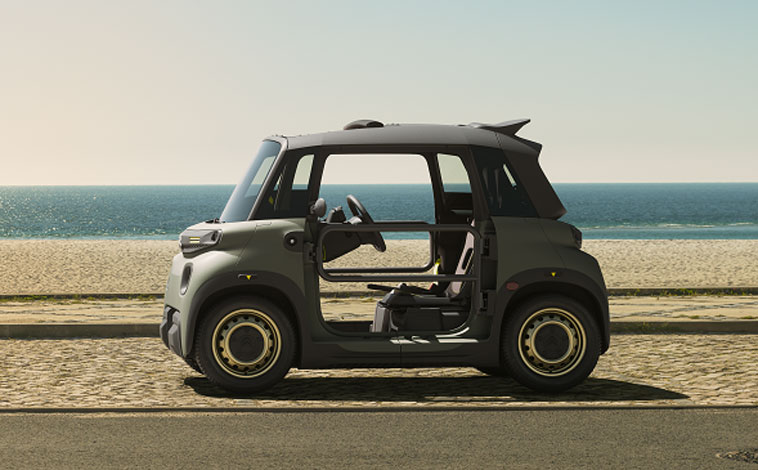
My Ami Buggy models are on their way
Citroën has announced that a limited run of just 1,000 My Ami Buggy [...]
Volvo launches new seven-seater EV
Volvo is launching a seven-seat SUV that is fully electrified and boasts all [...]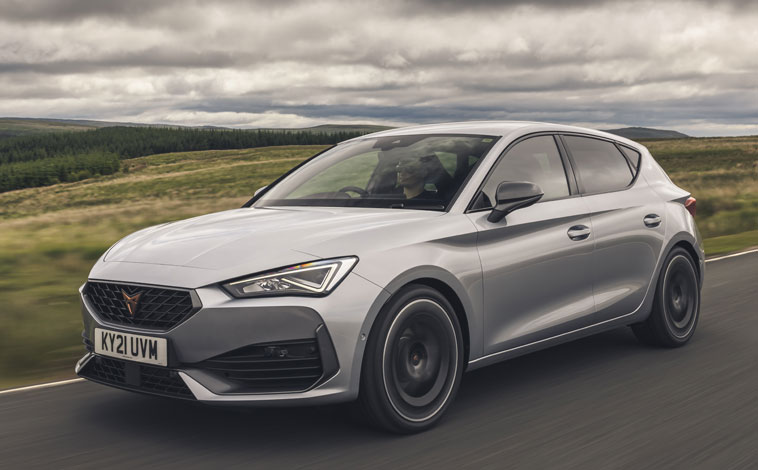
Additional engines for the CUPRA Leon
CUPRA UK has opened its order books for the Leon Hatch and Estate [...]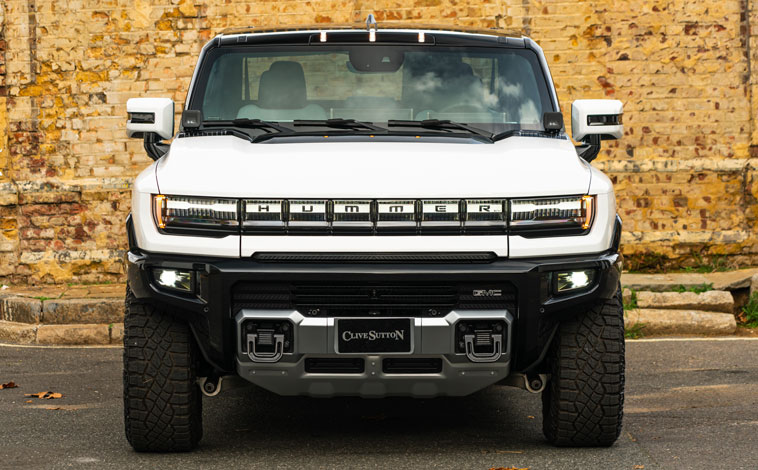
Introducing the mighty GMC Hummer EV
High-performance and luxury car specialist Clive Sutton has brought the first GMC Hummer [...]
Gridserve offers fastest EV charging
Gridserve has installed the UK’s fastest car charger for public usage at its [...]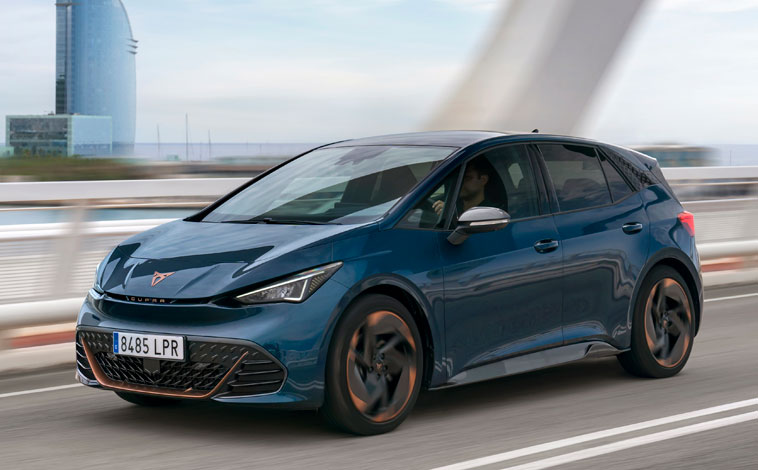
CUPRA Born gains top marks for safety
CUPRA Born, the brand’s first 100 per cent electric car, has secured a [...]Related Reviews
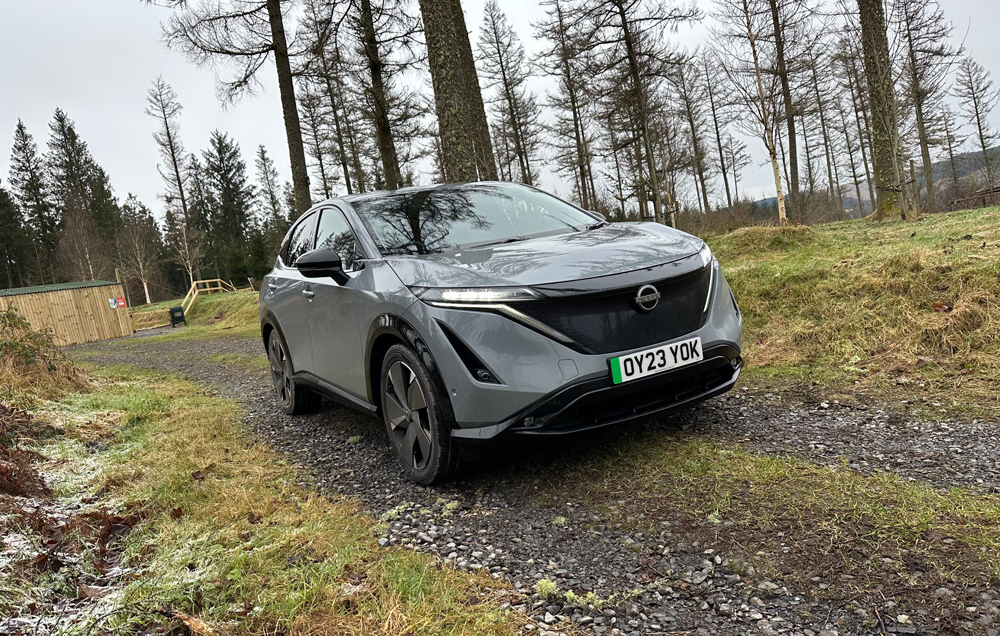
Nissan Ariya
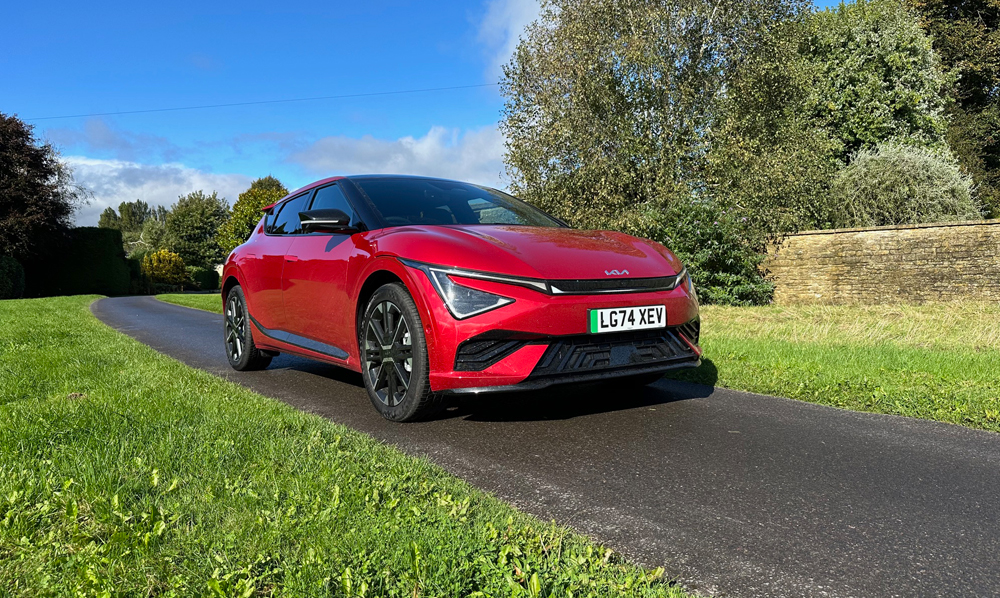
Highlighted Kia EV6
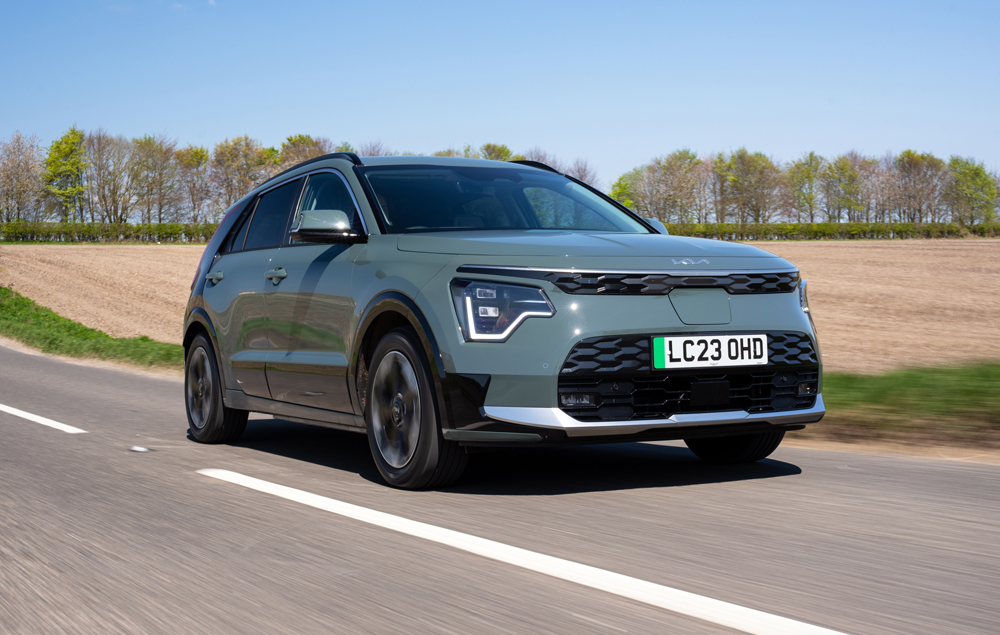
Kia Niro
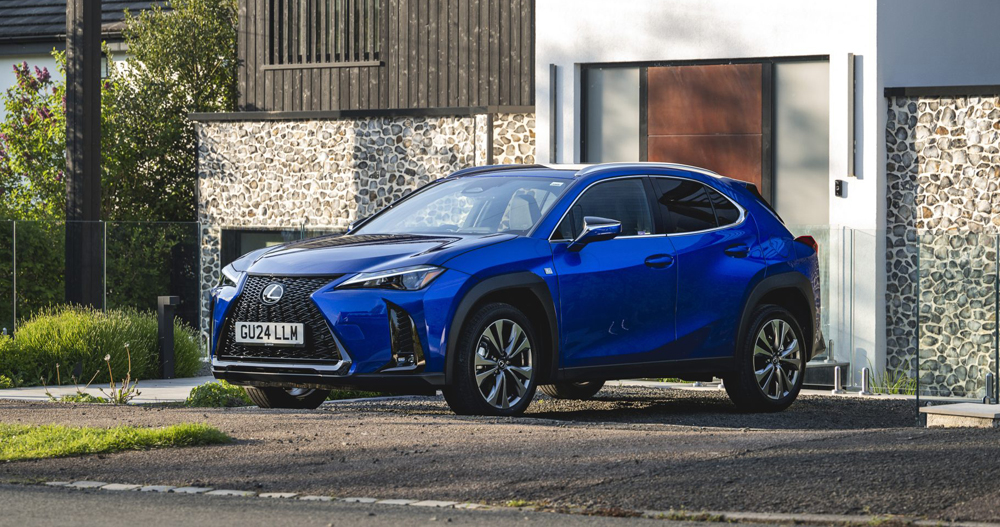
Highlighted Lexus UX
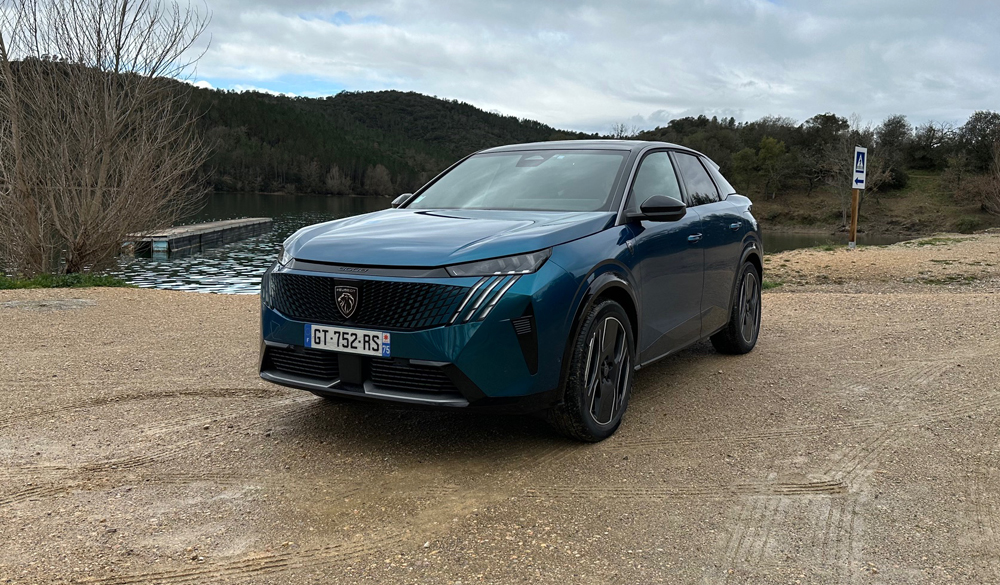
Highlighted Peugeot 3008/E-3008
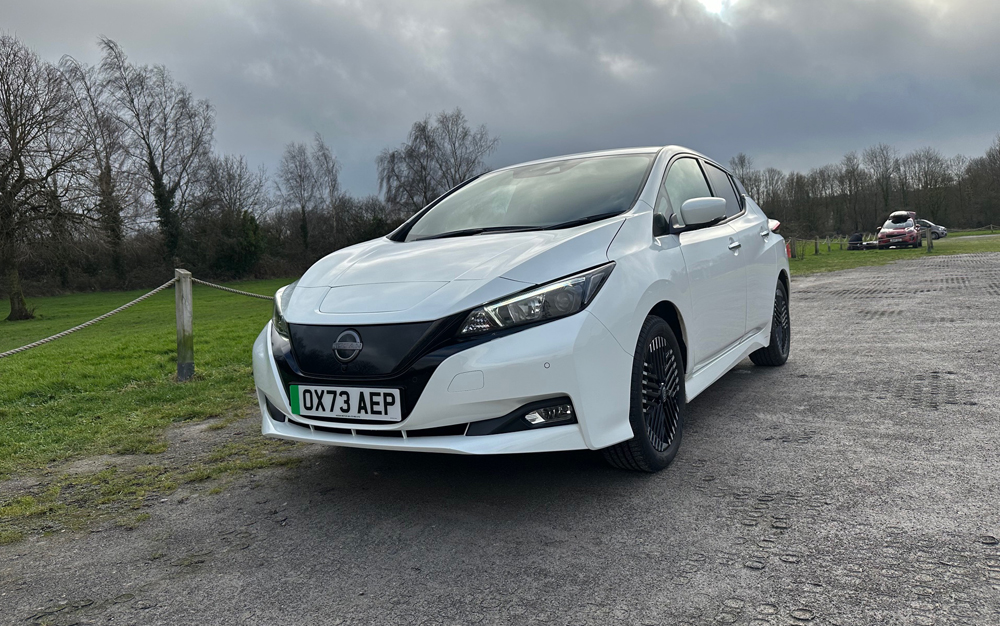
Nissan Leaf
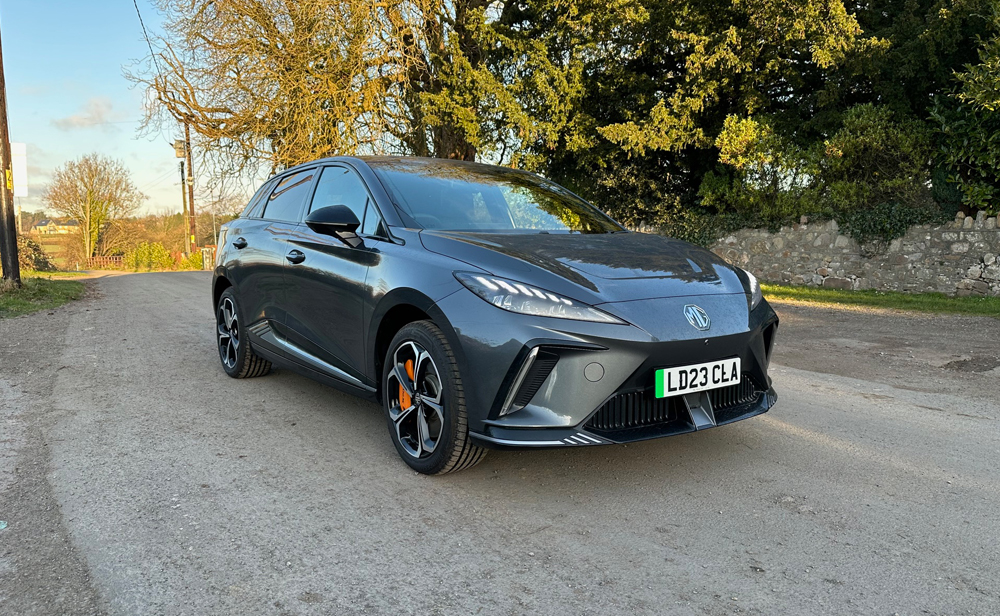
MG MG4
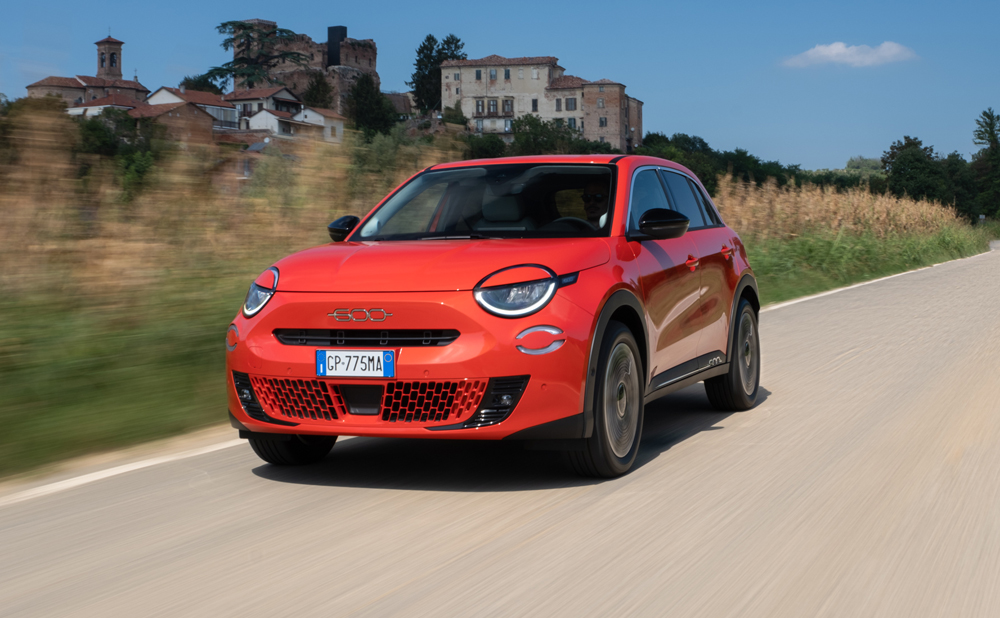
Fiat 600e
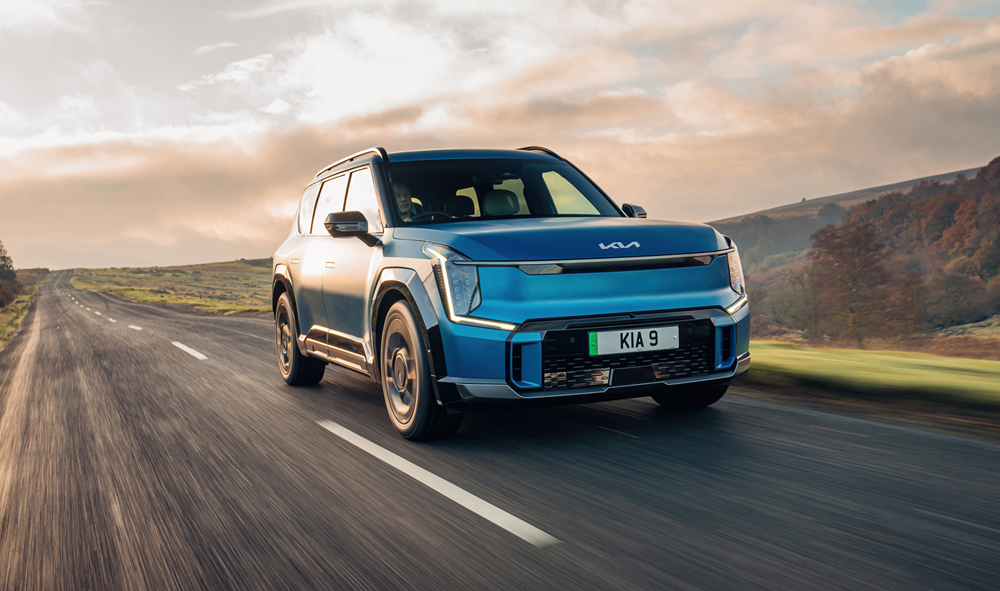
Kia EV9
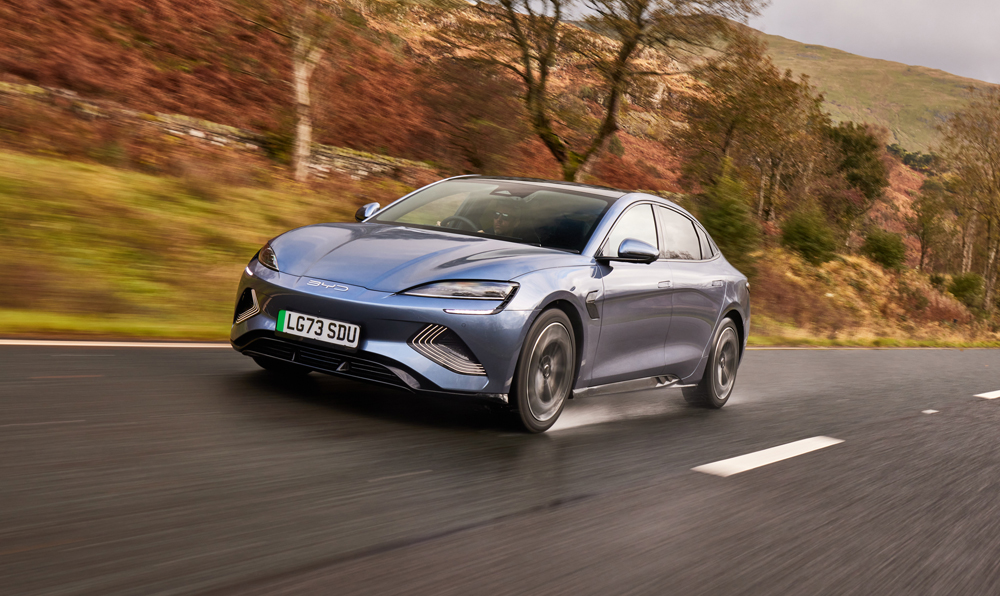
BYD Highlighted Seal
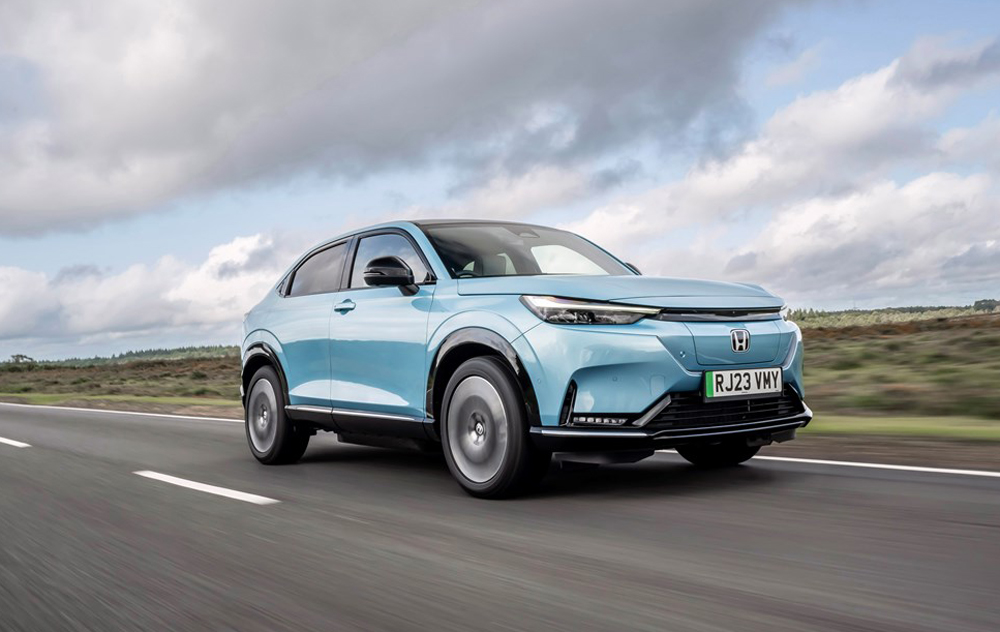
Highlighted Honda e:Ny1
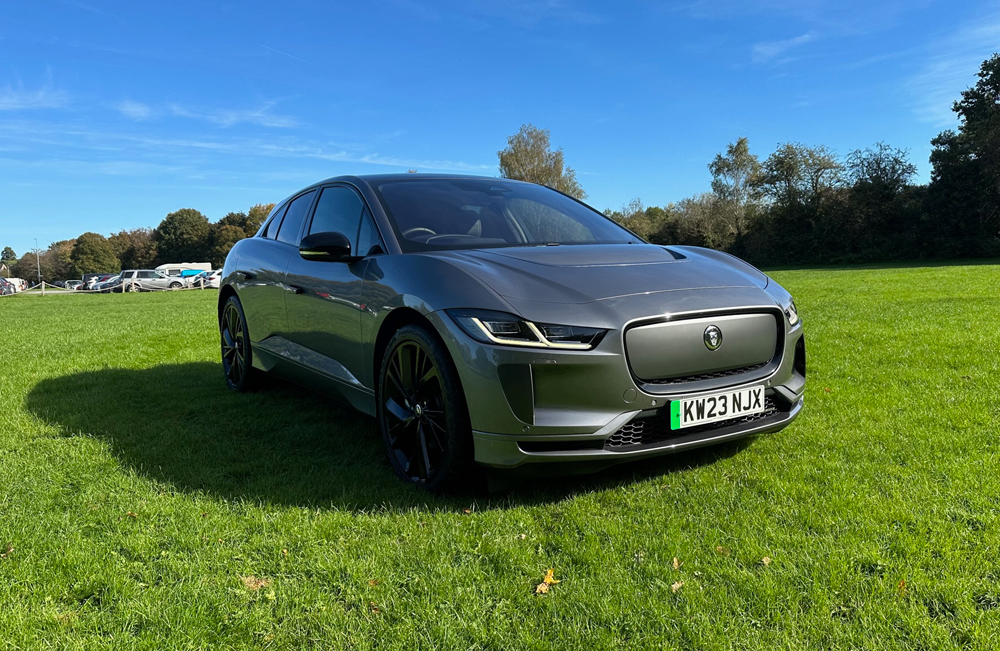
Jaguar I-PACE
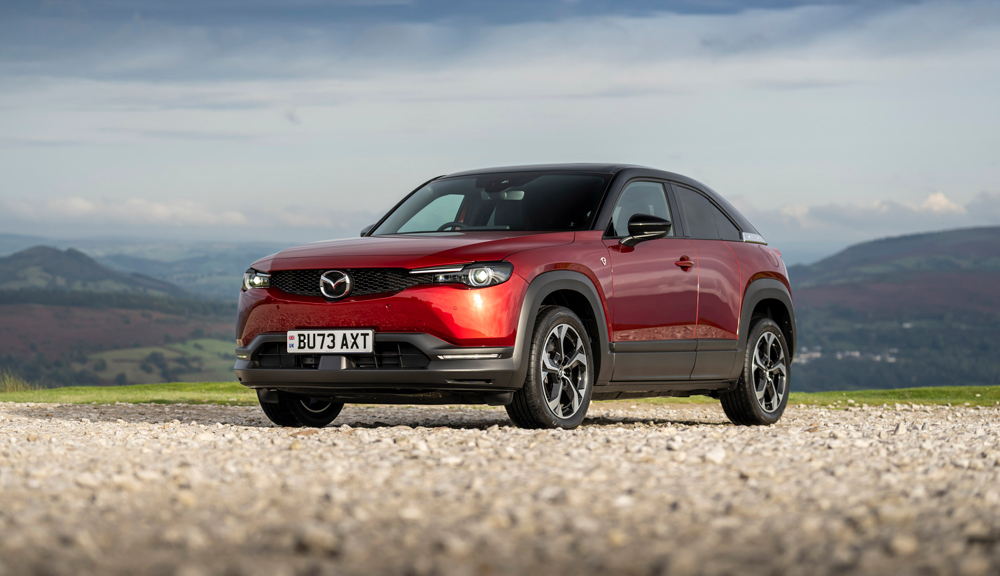
Highlighted Mazda MX-30
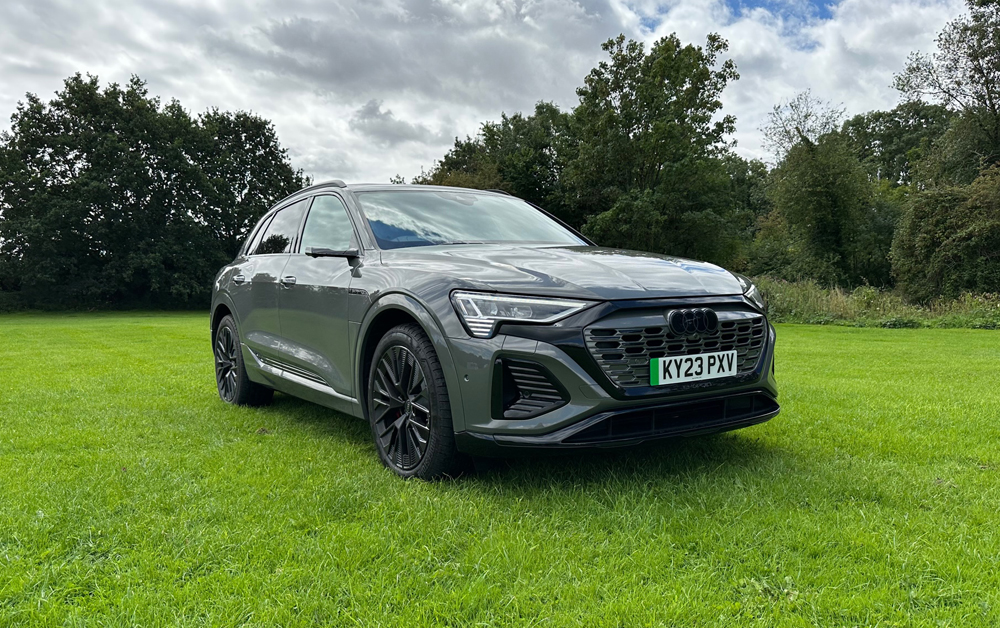
Audi Q8 e-tron
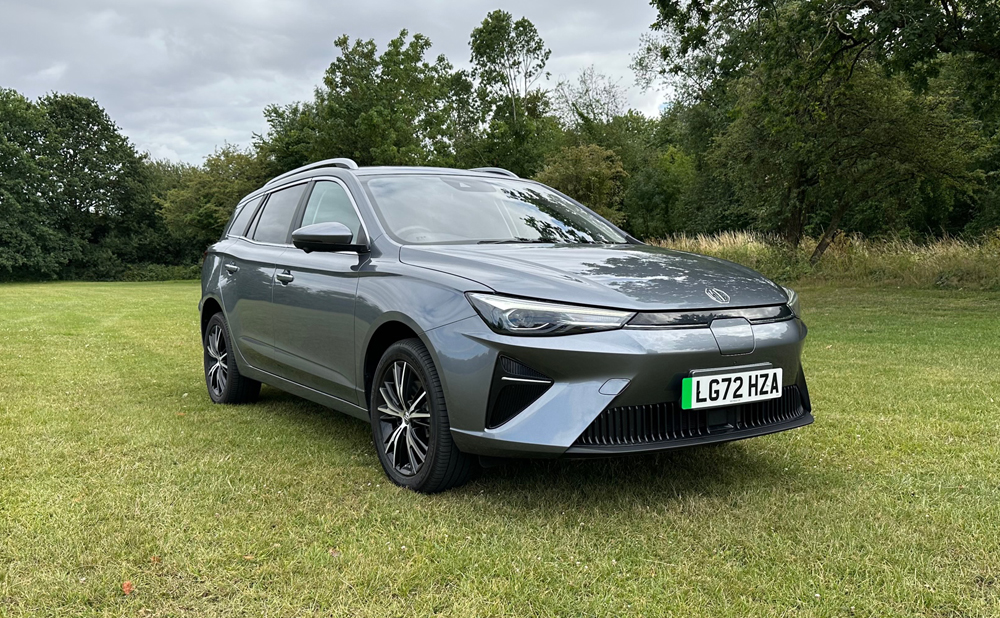
MG MG5 EV
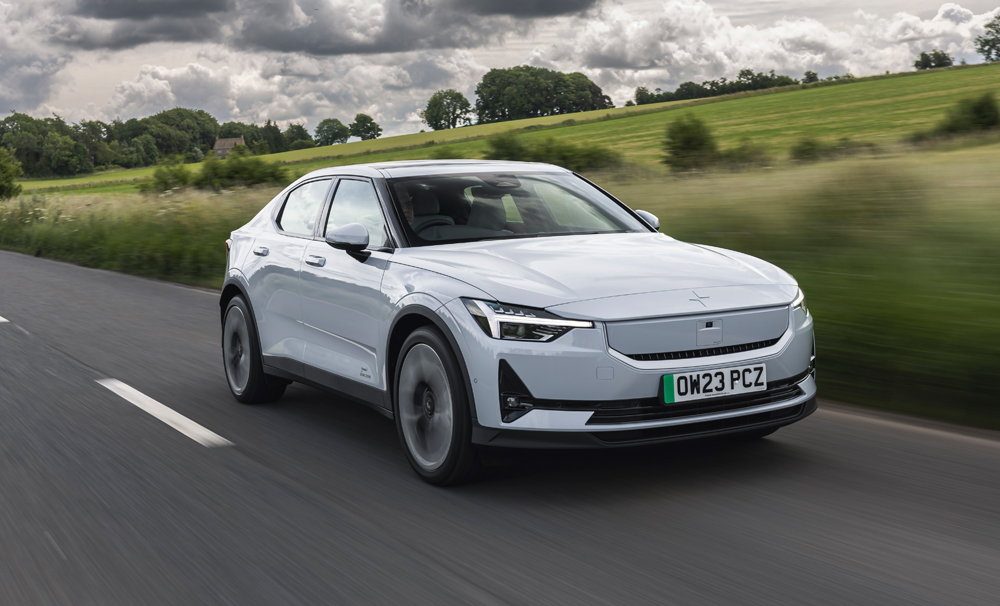
Polestar 2
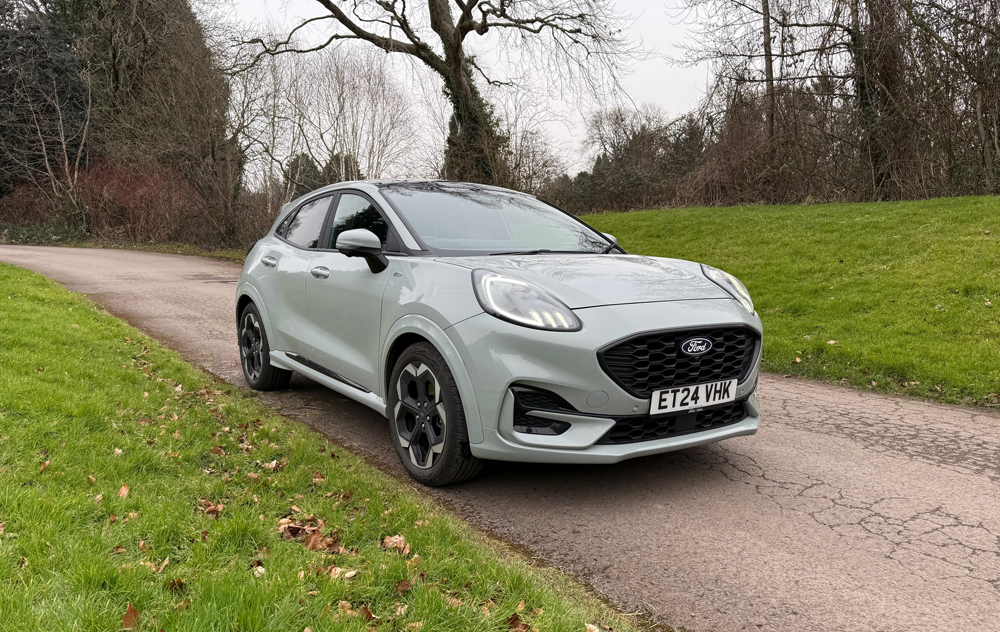
Ford Puma
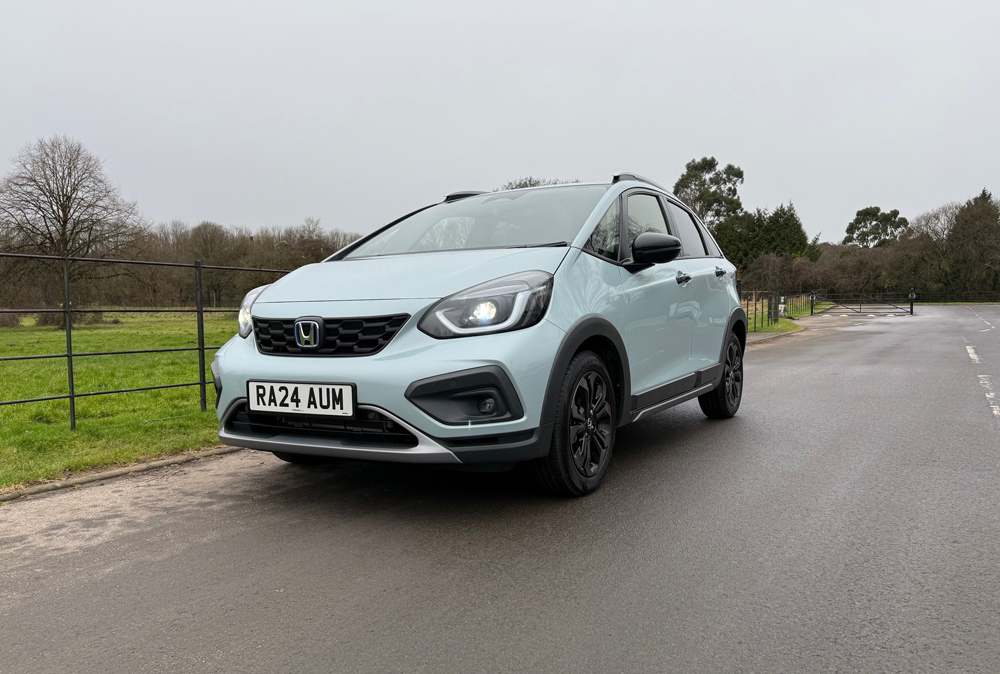
Honda Jazz
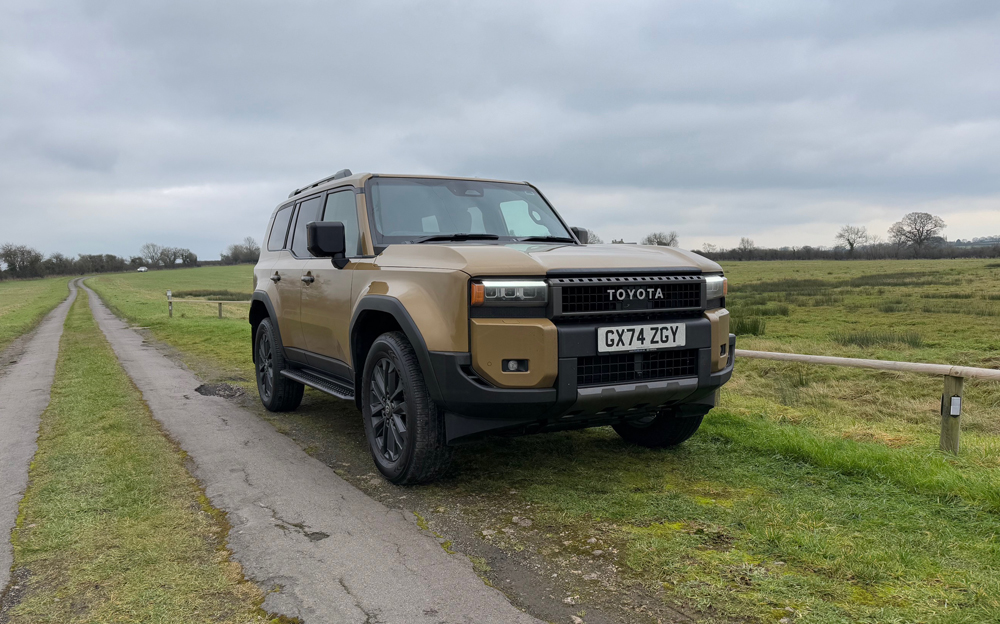
Toyota Land Cruiser

Nissan Ariya
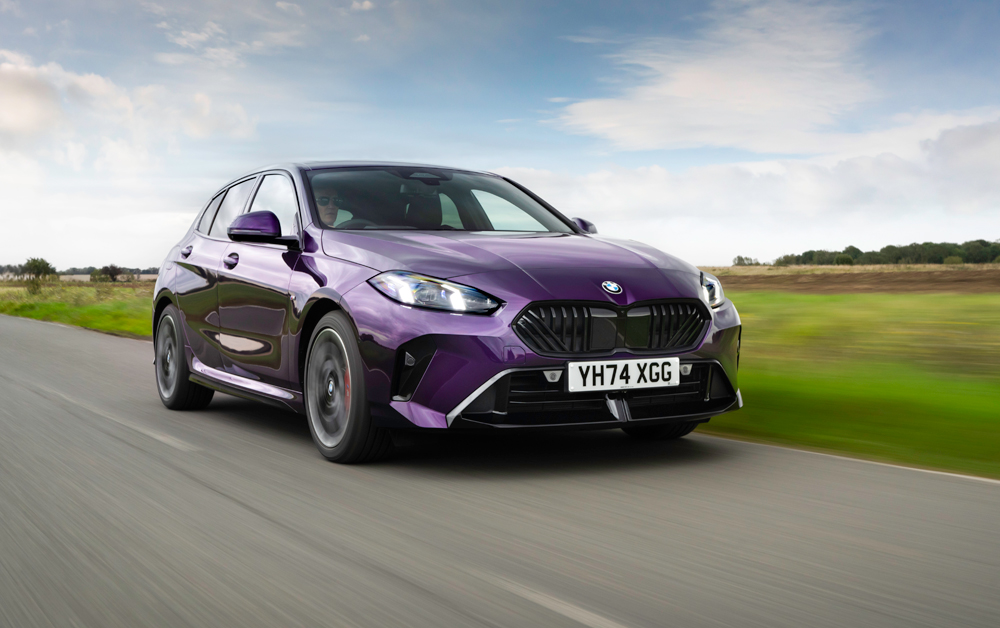
BMW 1 Series
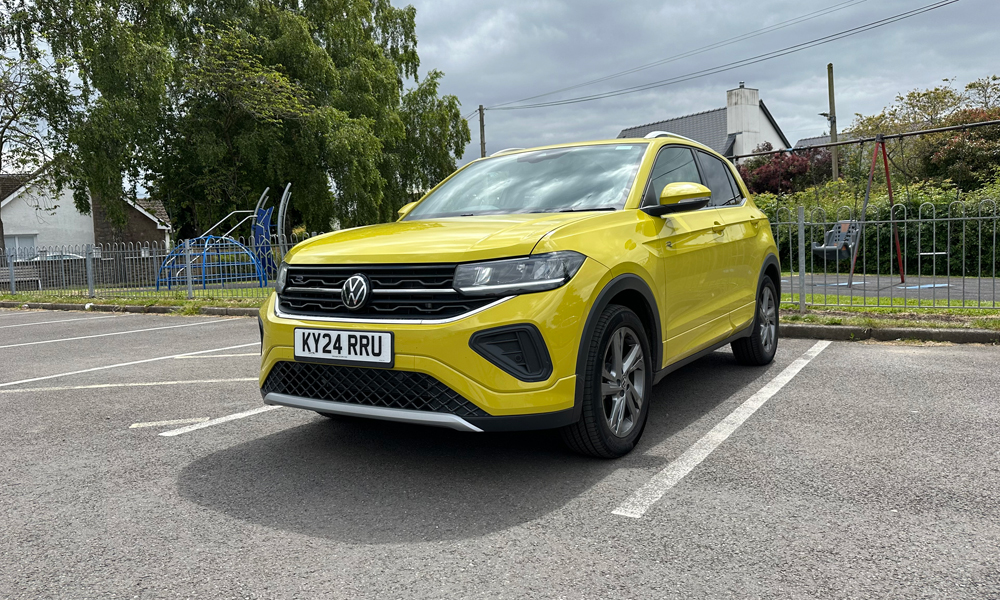
Highlighted Volkswagen T-Cross
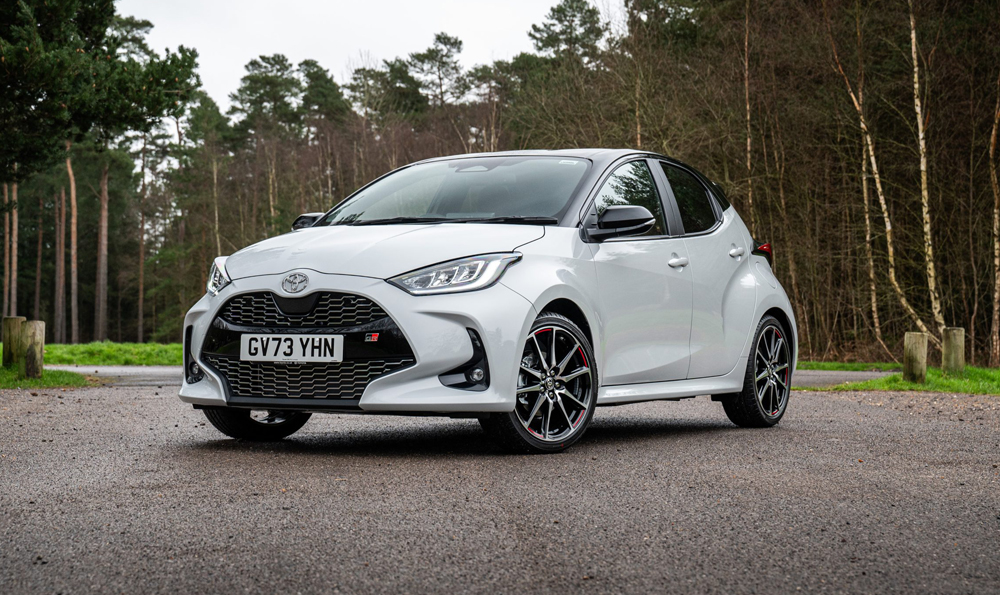
Toyota Yaris
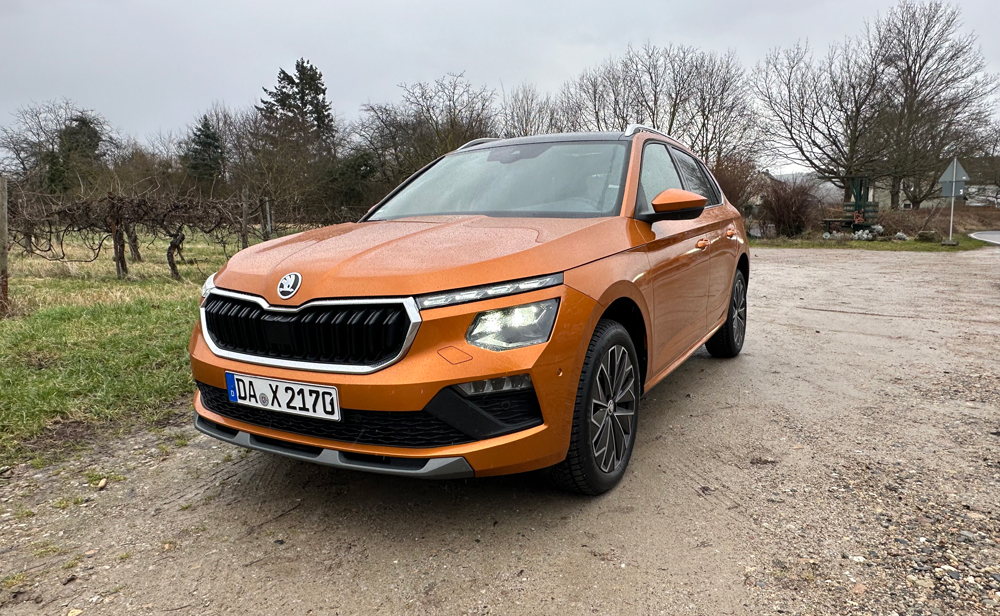
Skoda Kamiq
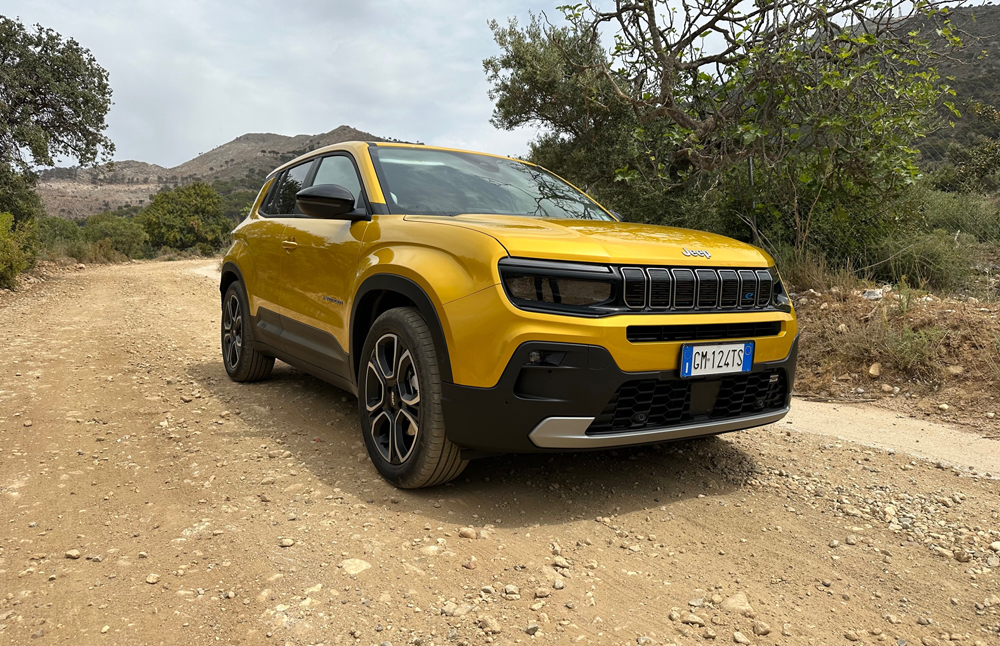
Jeep Avenger
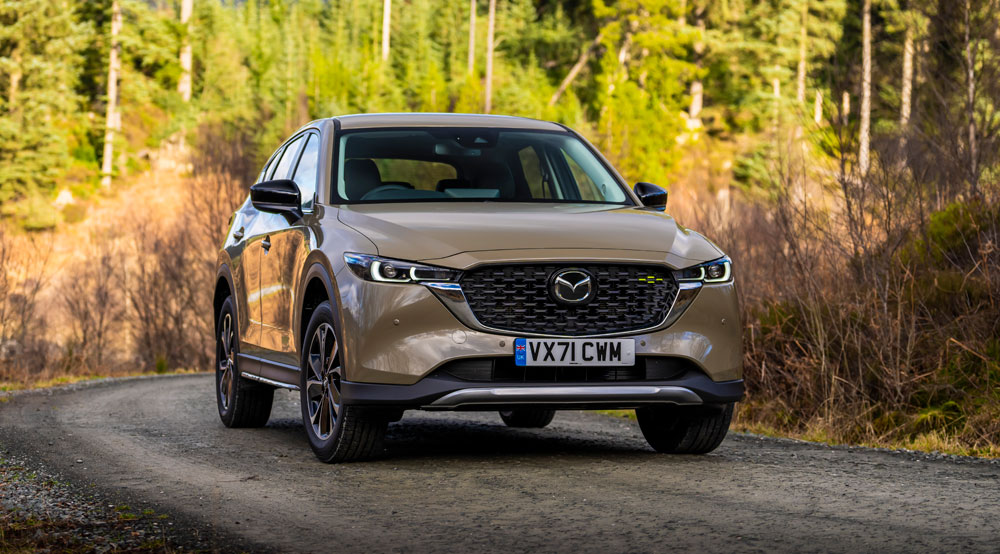
Mazda CX-5
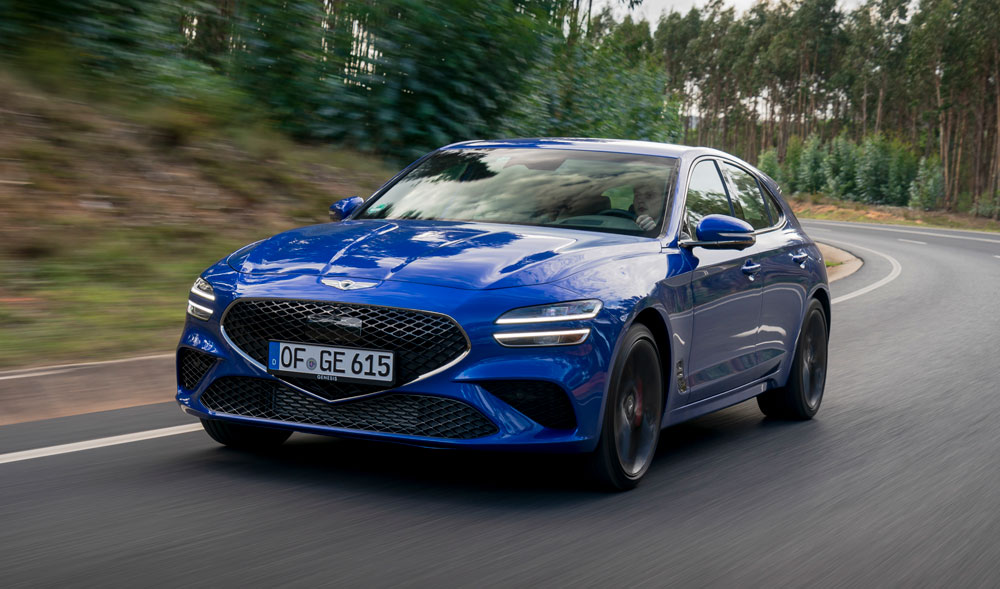
Genesis Highlighted G70 Shooting Brake
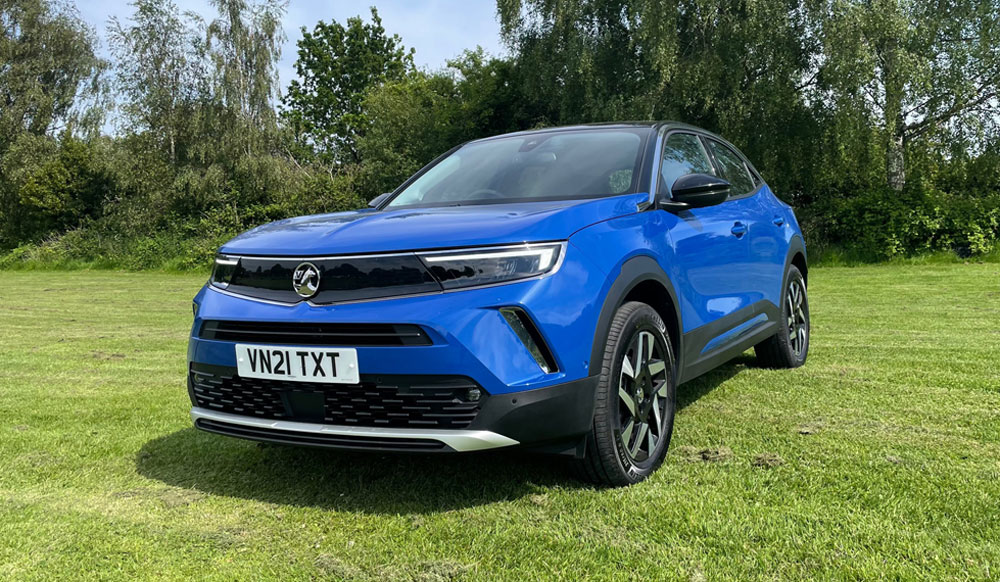
Vauxhall Mokka
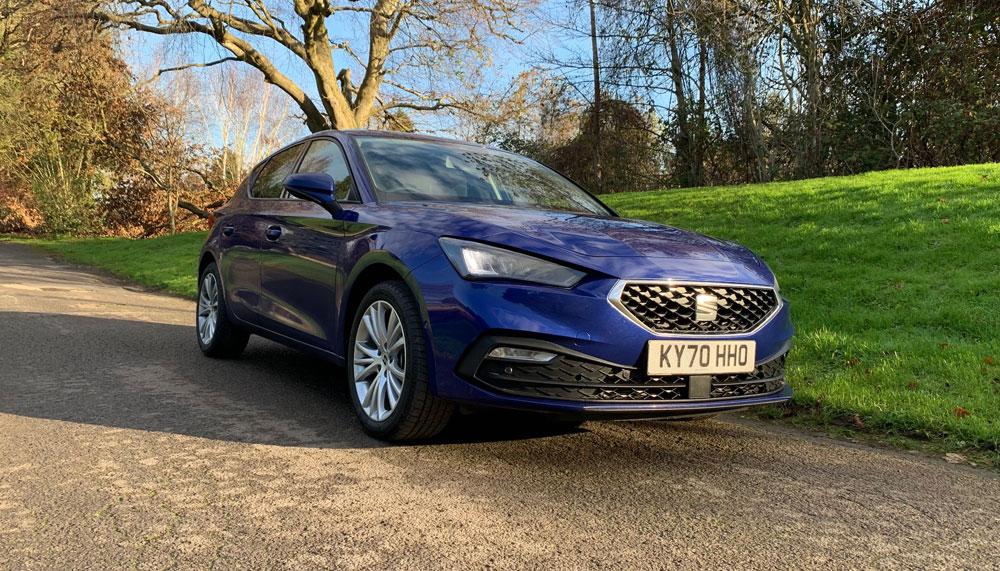
SEAT Leon
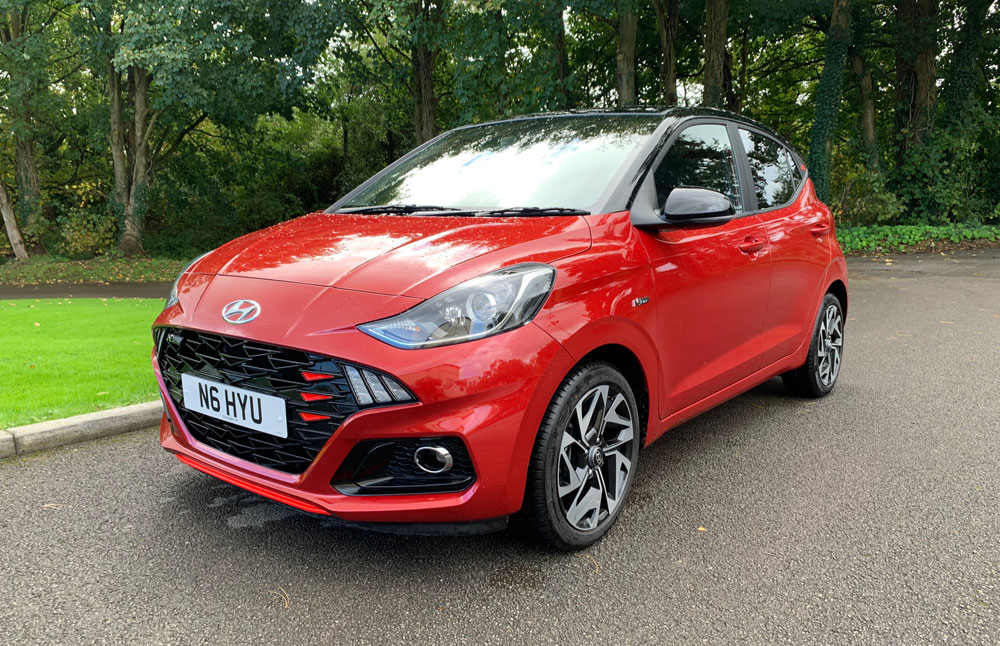
Hyundai i10
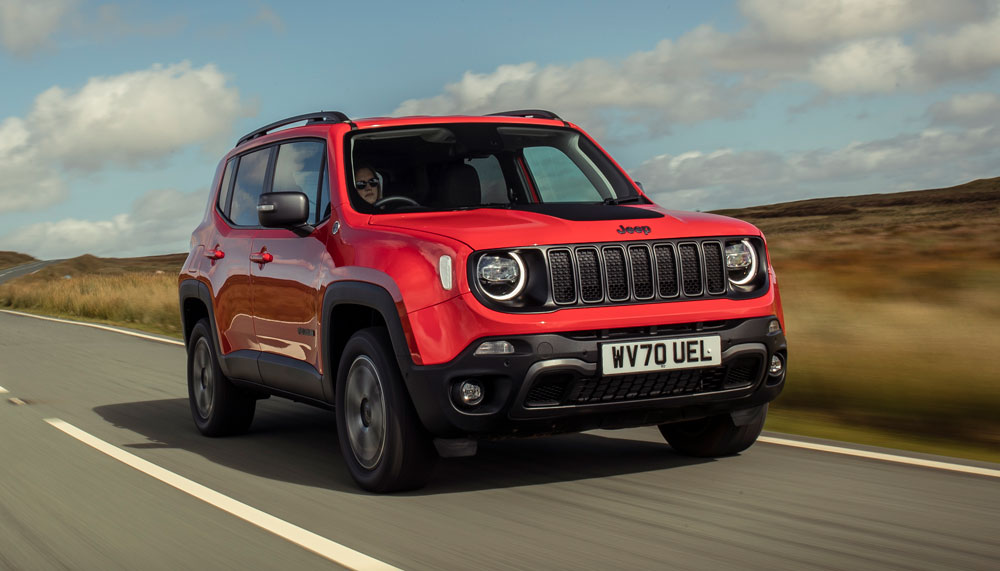
Highlighted Jeep Renegade
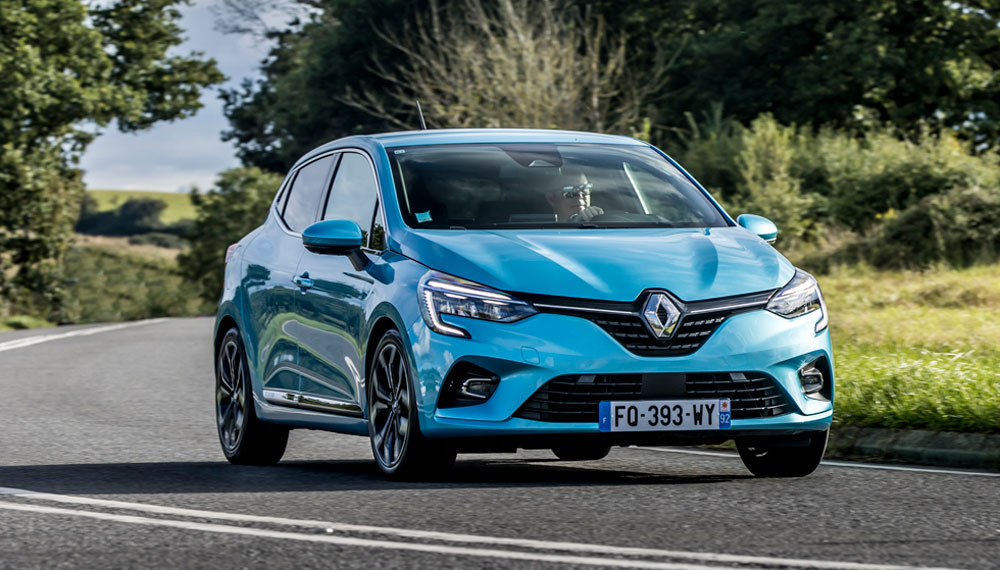
Renault Clio

BMW 1 Series

Honda Civic
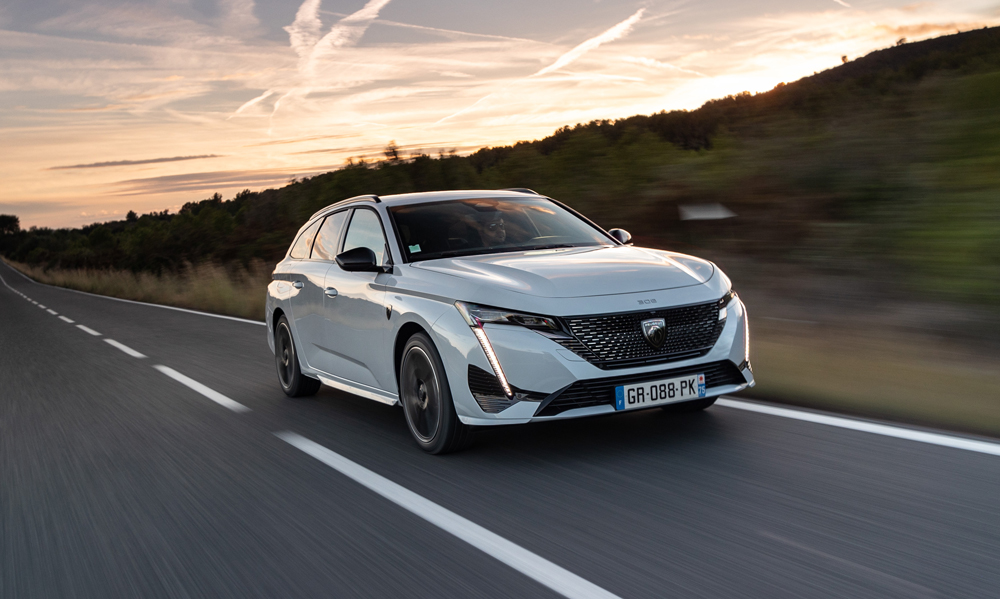
Highlighted Peugeot 308/E-308 SW
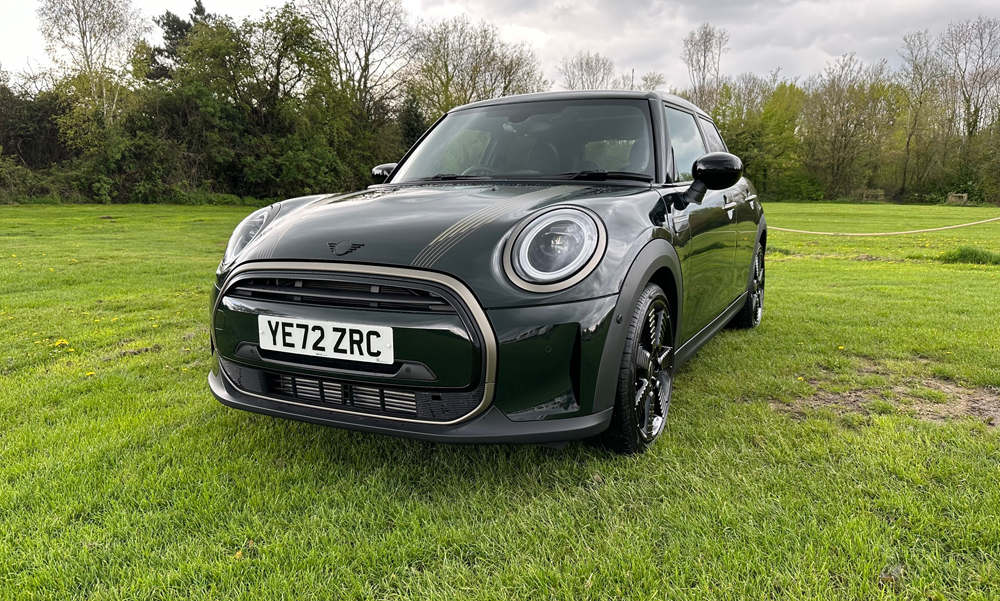
Mini Hatchback
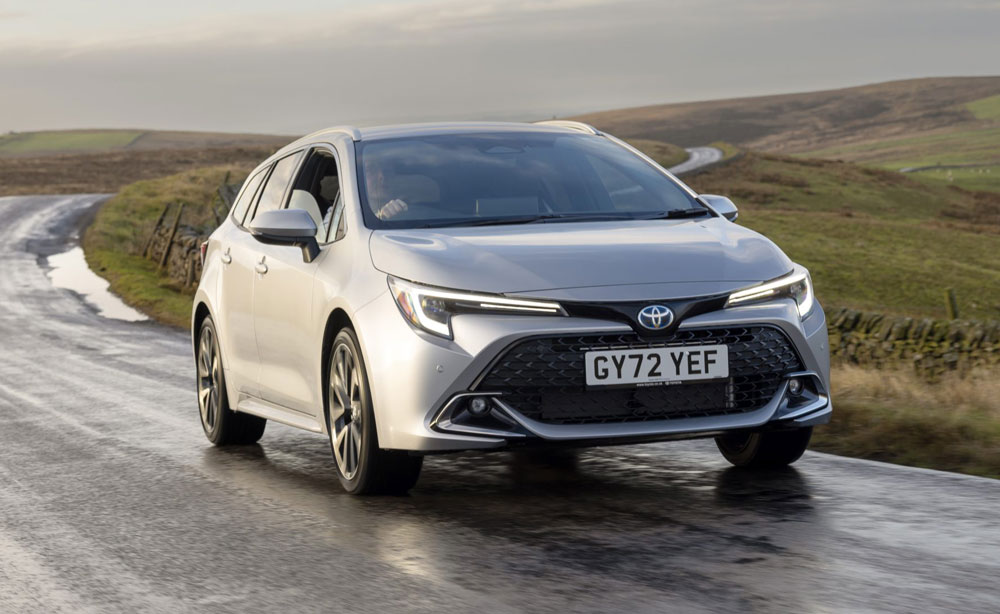
Toyota Corolla
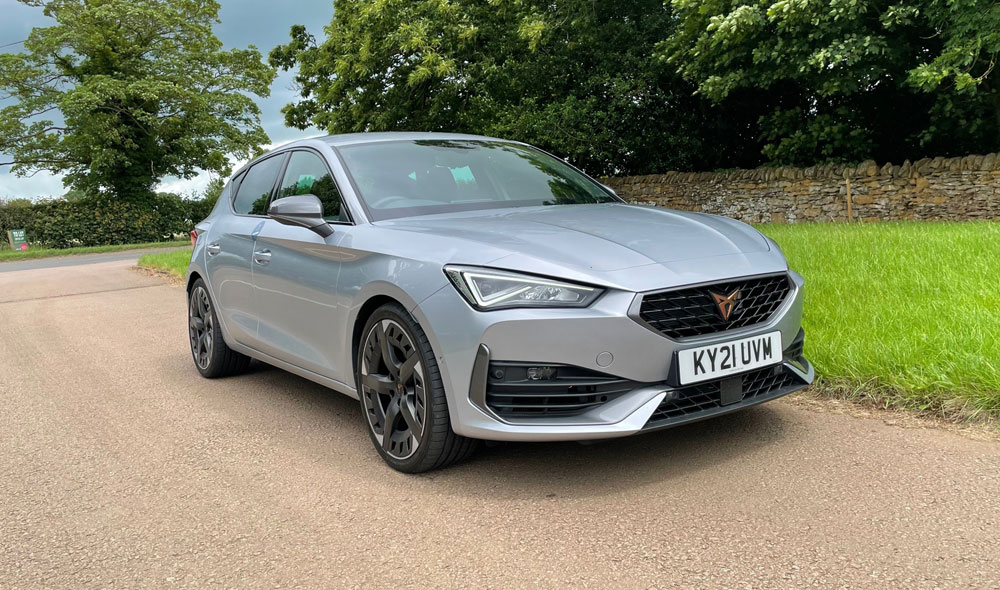
CUPRA Leon
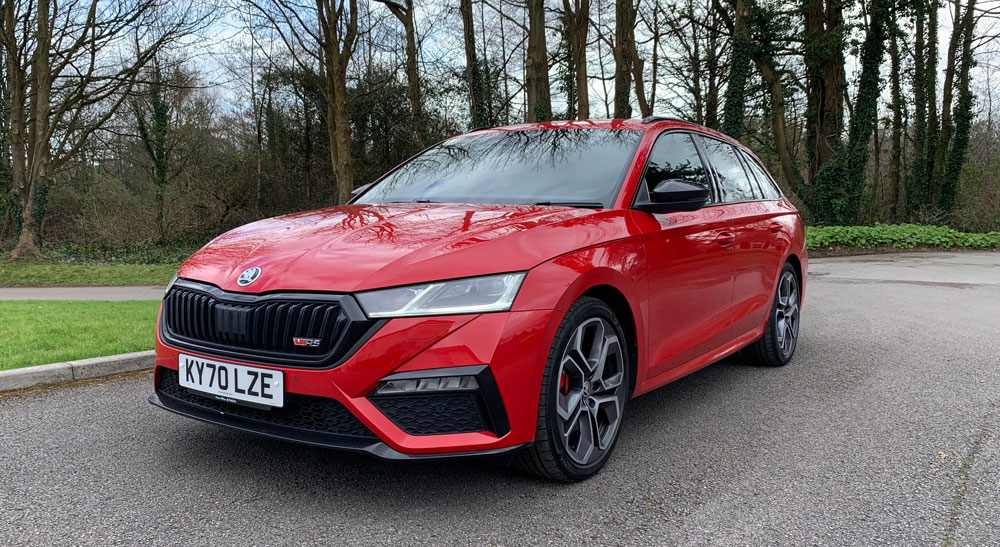
Skoda Octavia

SEAT Leon

Hyundai i10
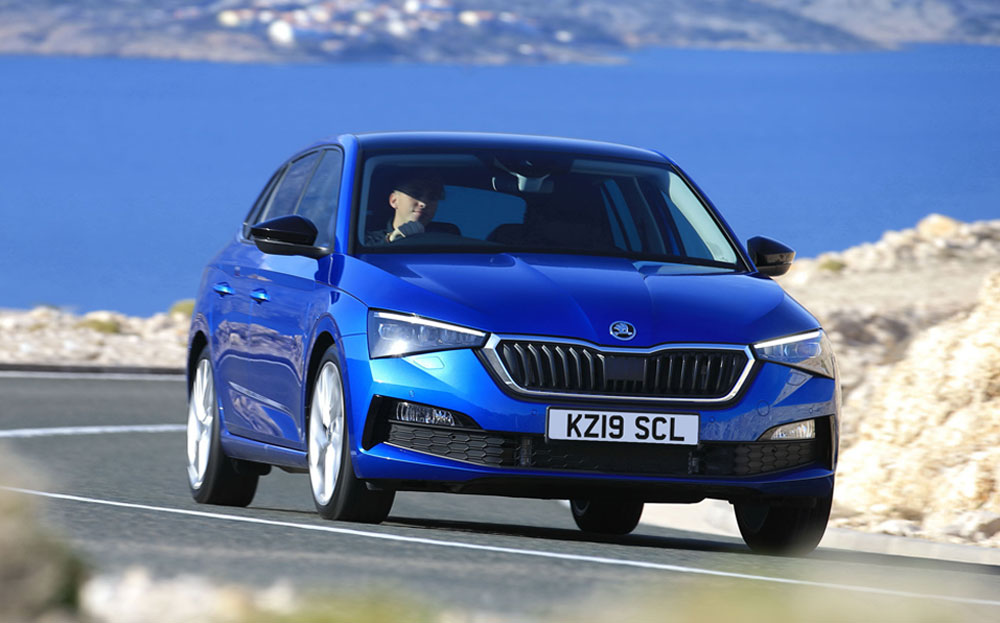
Highlighted Skoda Scala
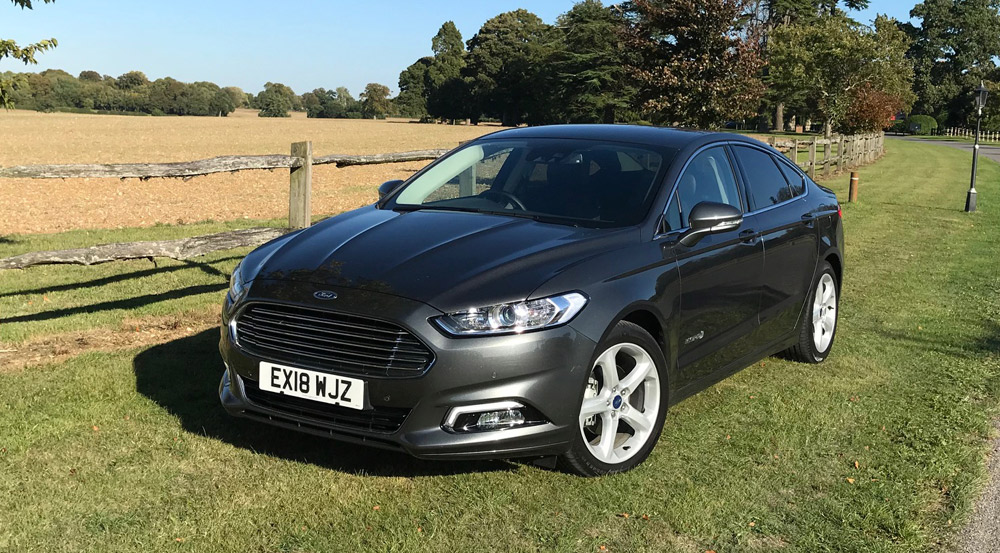
Ford Mondeo
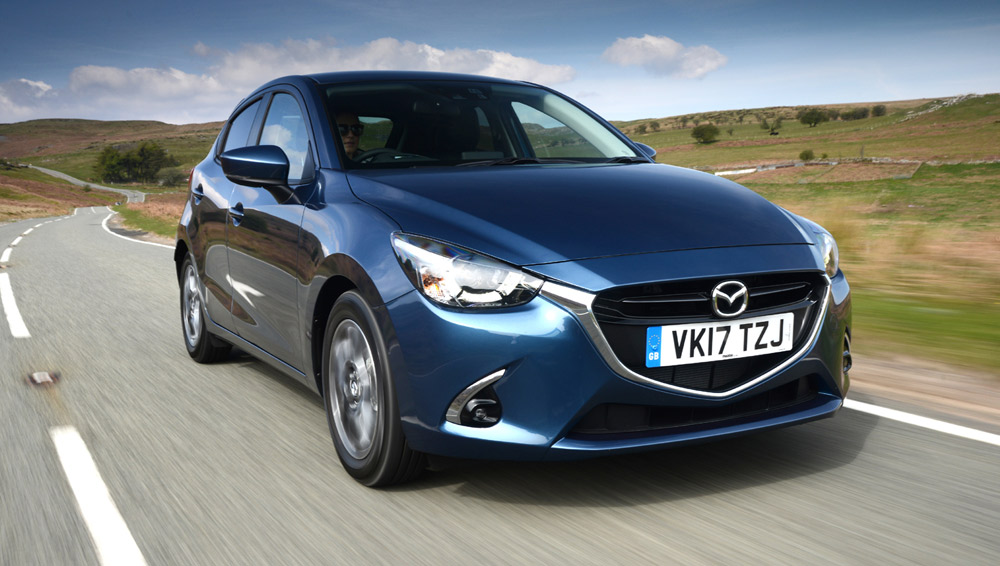
Mazda Mazda2
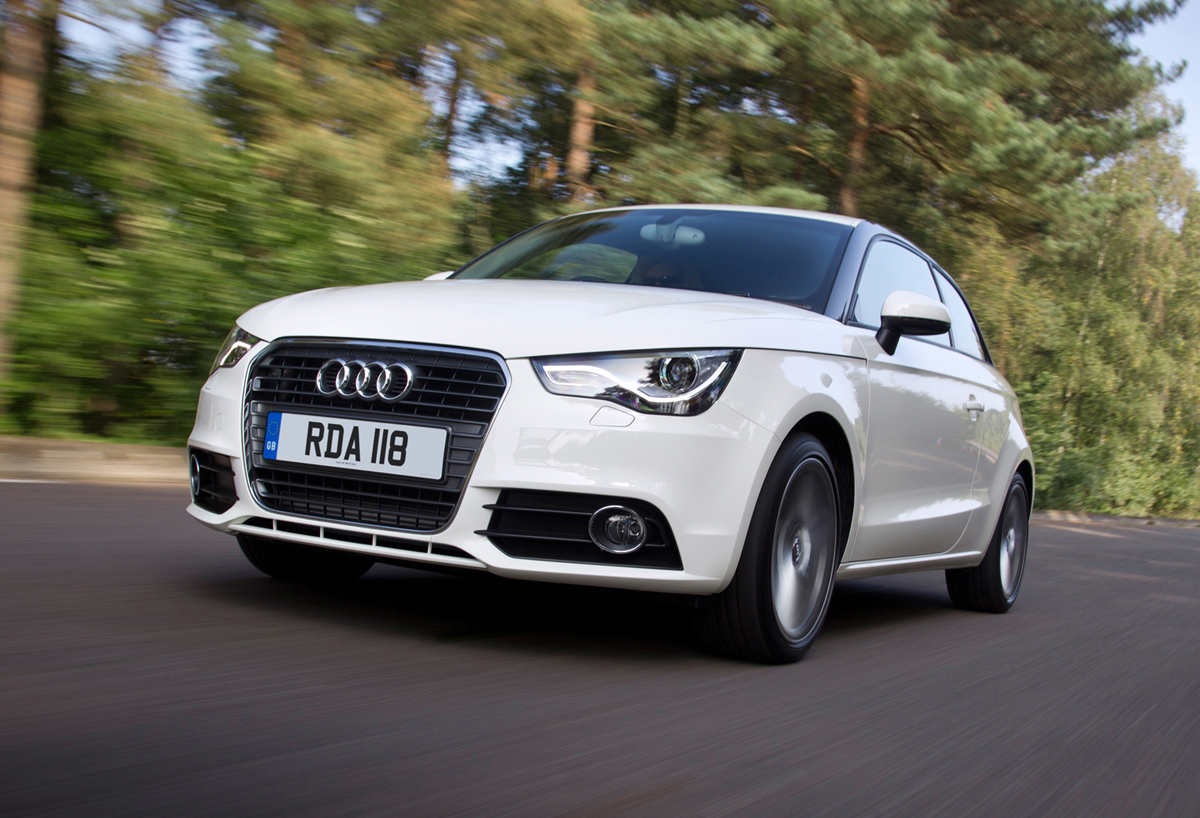
Audi A1

Ford Puma

Honda Jazz
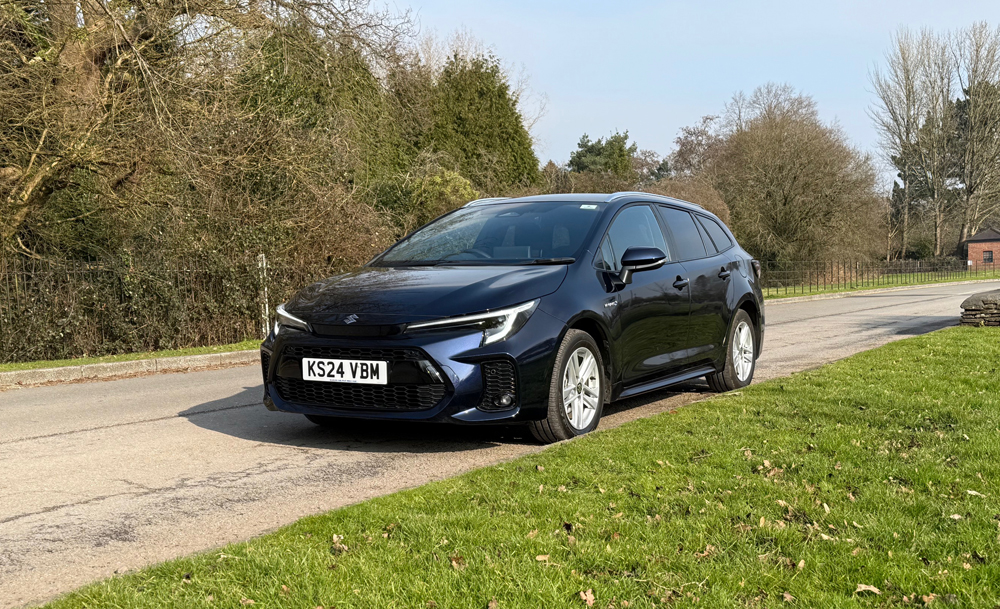
Suzuki Swace

Highlighted Isuzu D-Max
Highlighted Jeep Wrangler
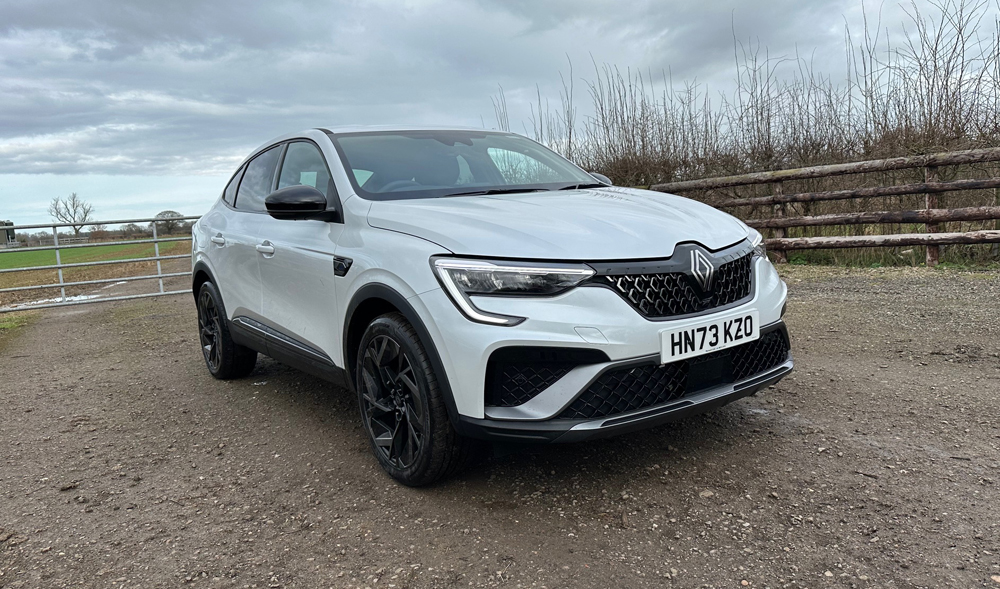
Renault Arkana

Highlighted Peugeot 308/E-308 SW
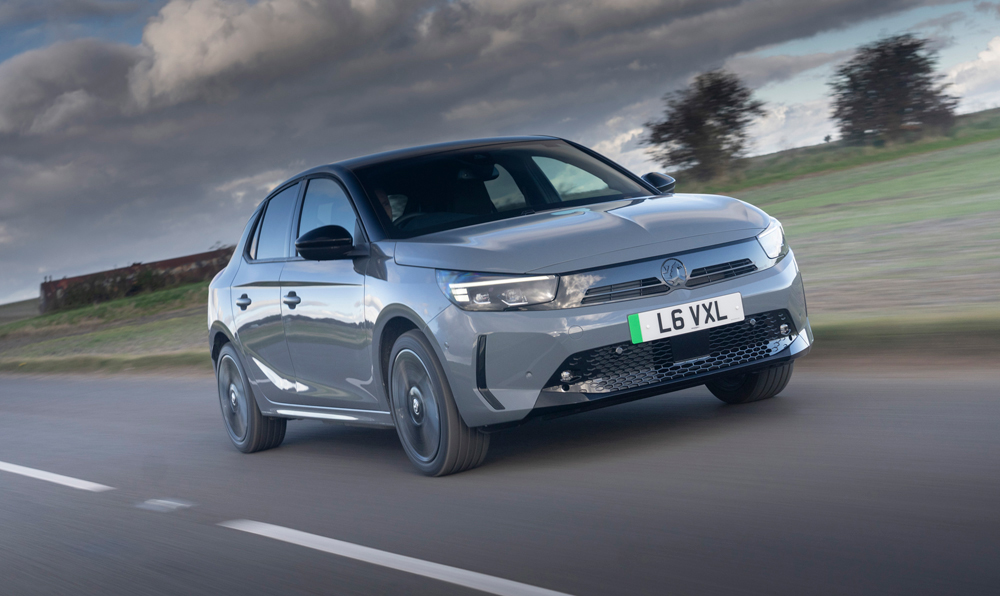
Vauxhall Corsa

Highlighted Mazda MX-30
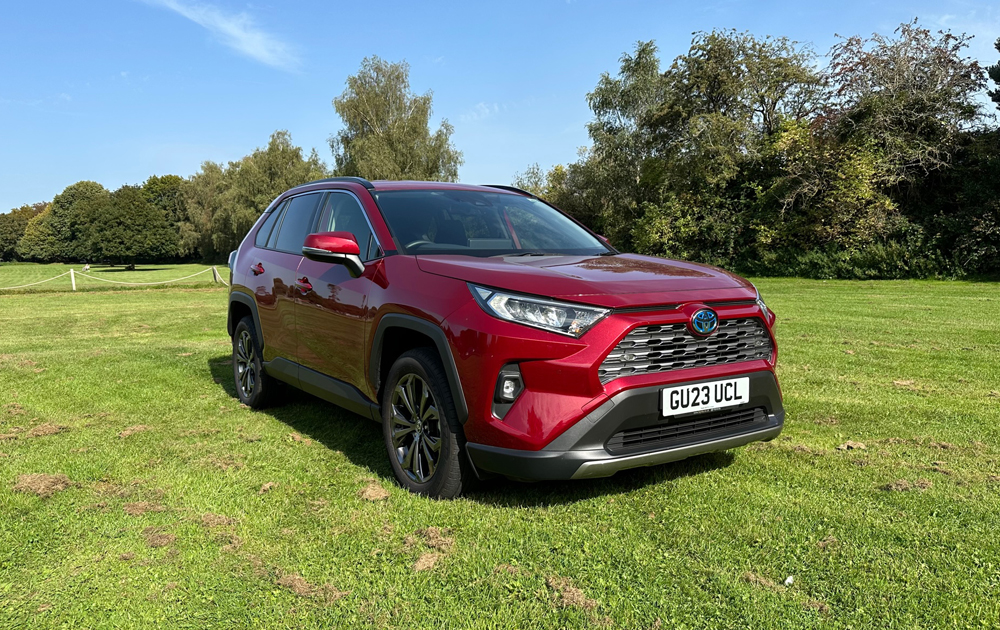
Highlighted Toyota RAV4
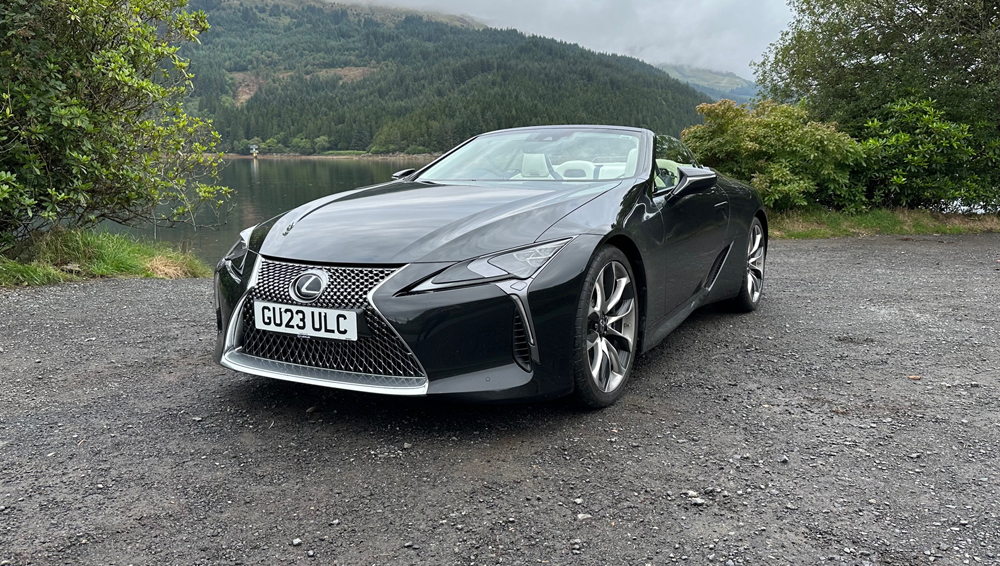
Lexus LC

Polestar 2
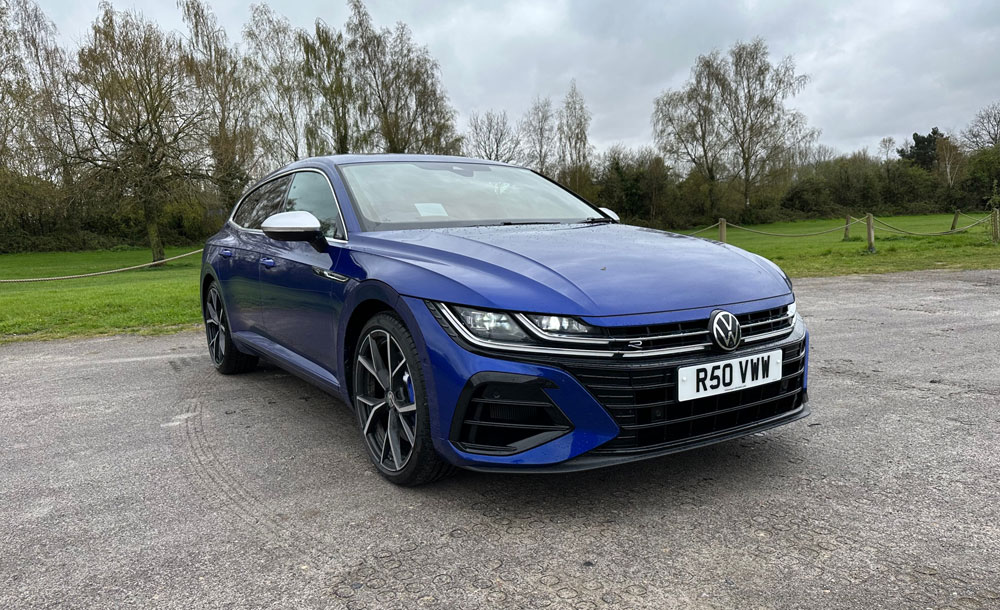
Volkswagen Arteon
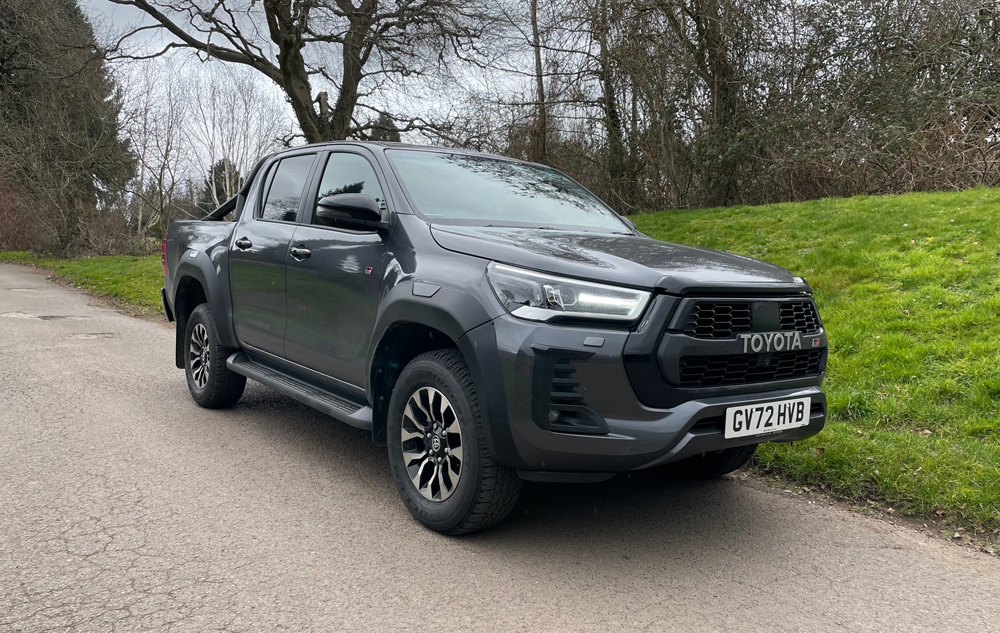
Toyota Hilux

Toyota Corolla
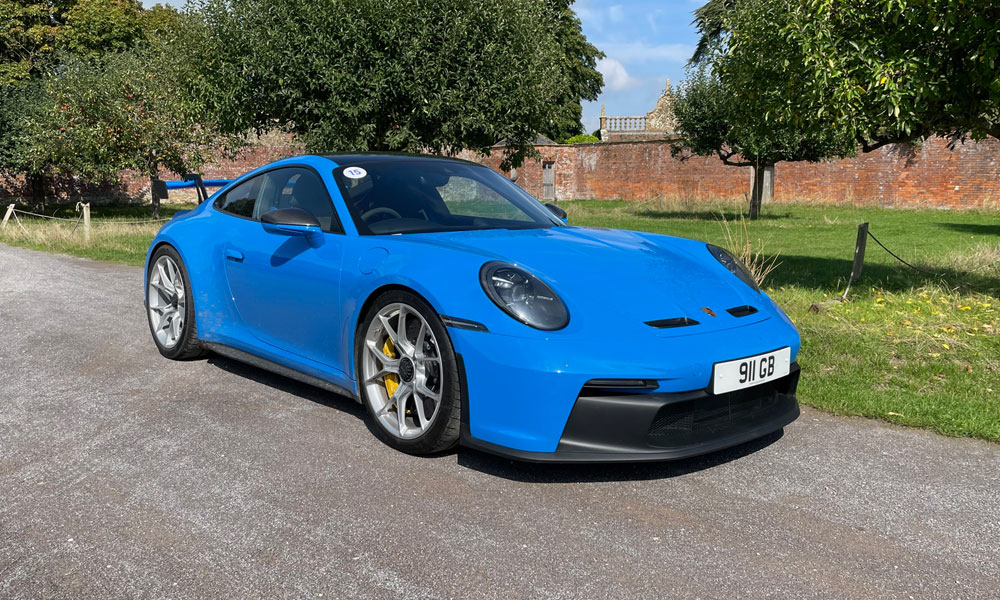
Porsche 911

Highlighted Volkswagen T-Cross

Volkswagen Arteon
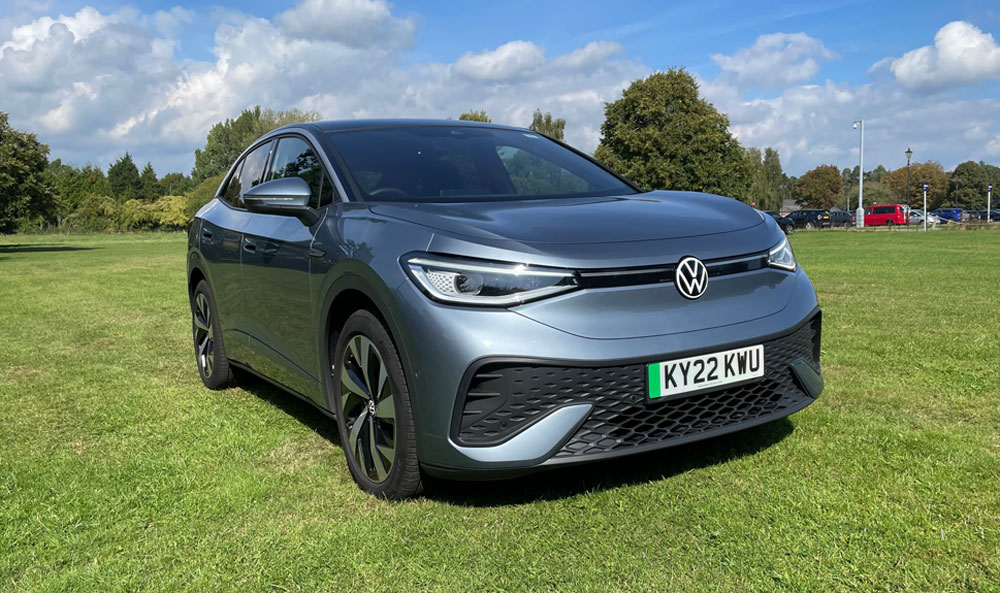
Volkswagen ID.5
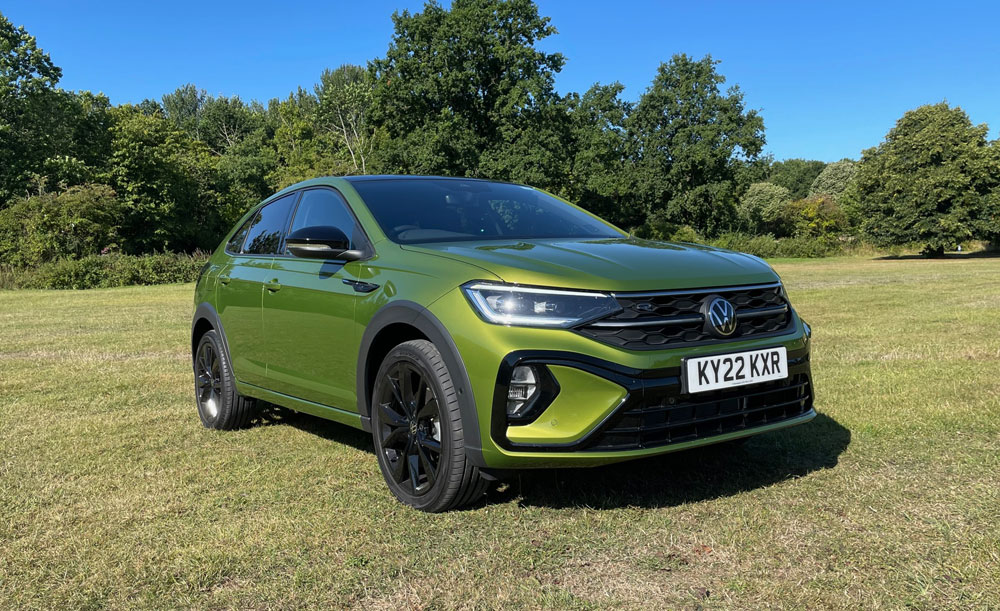
Volkswagen Taigo
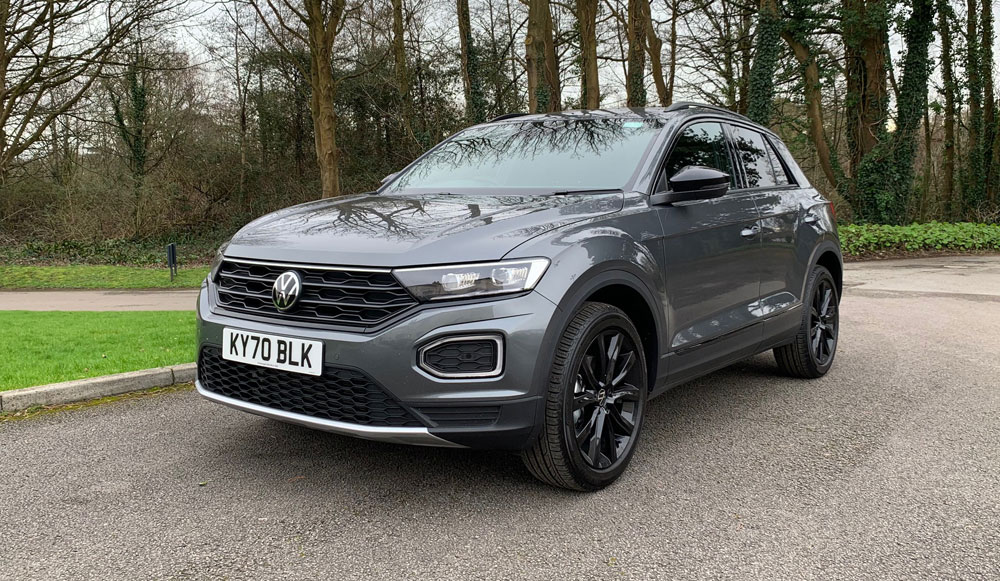
Volkswagen T-Roc
